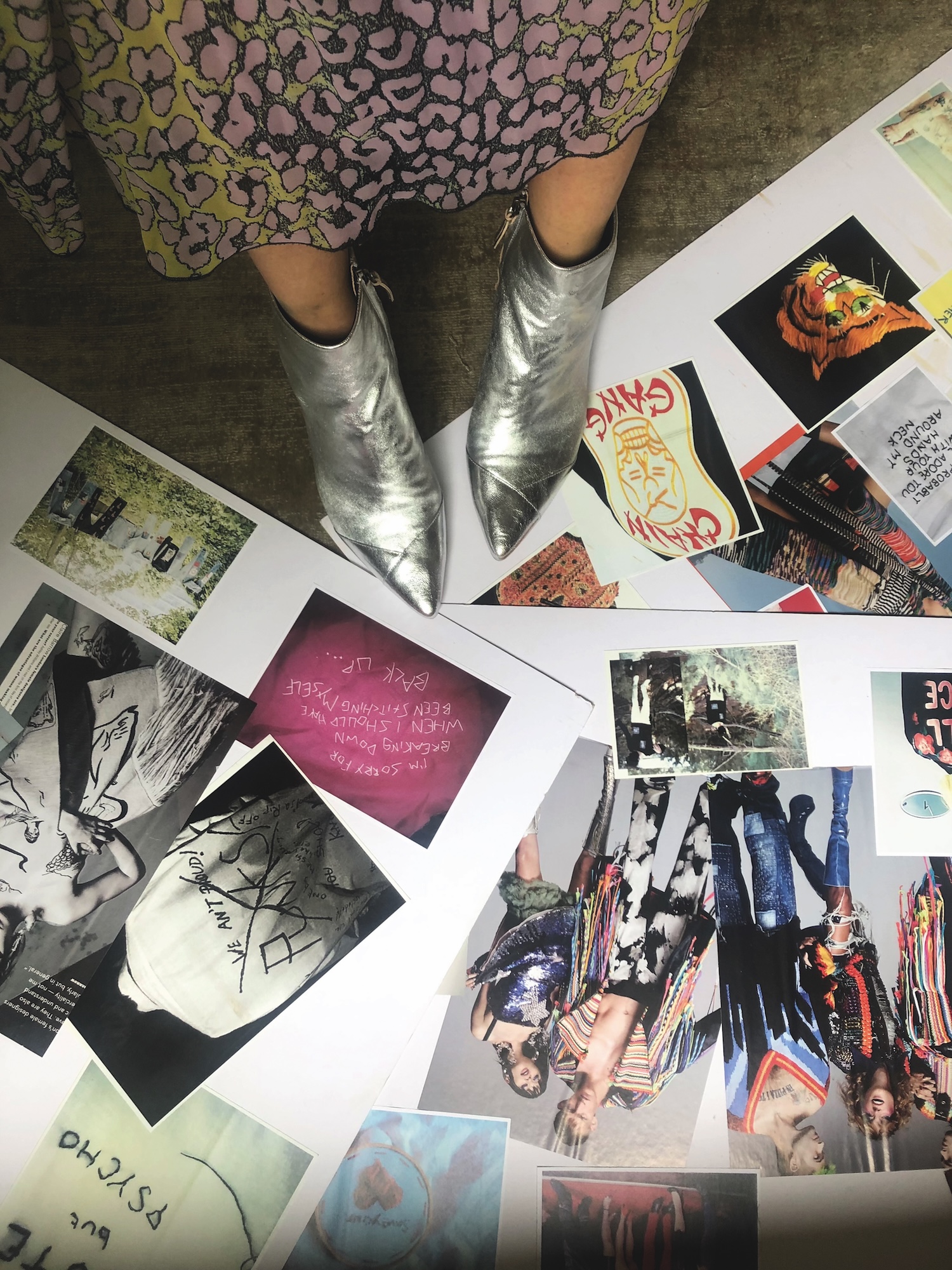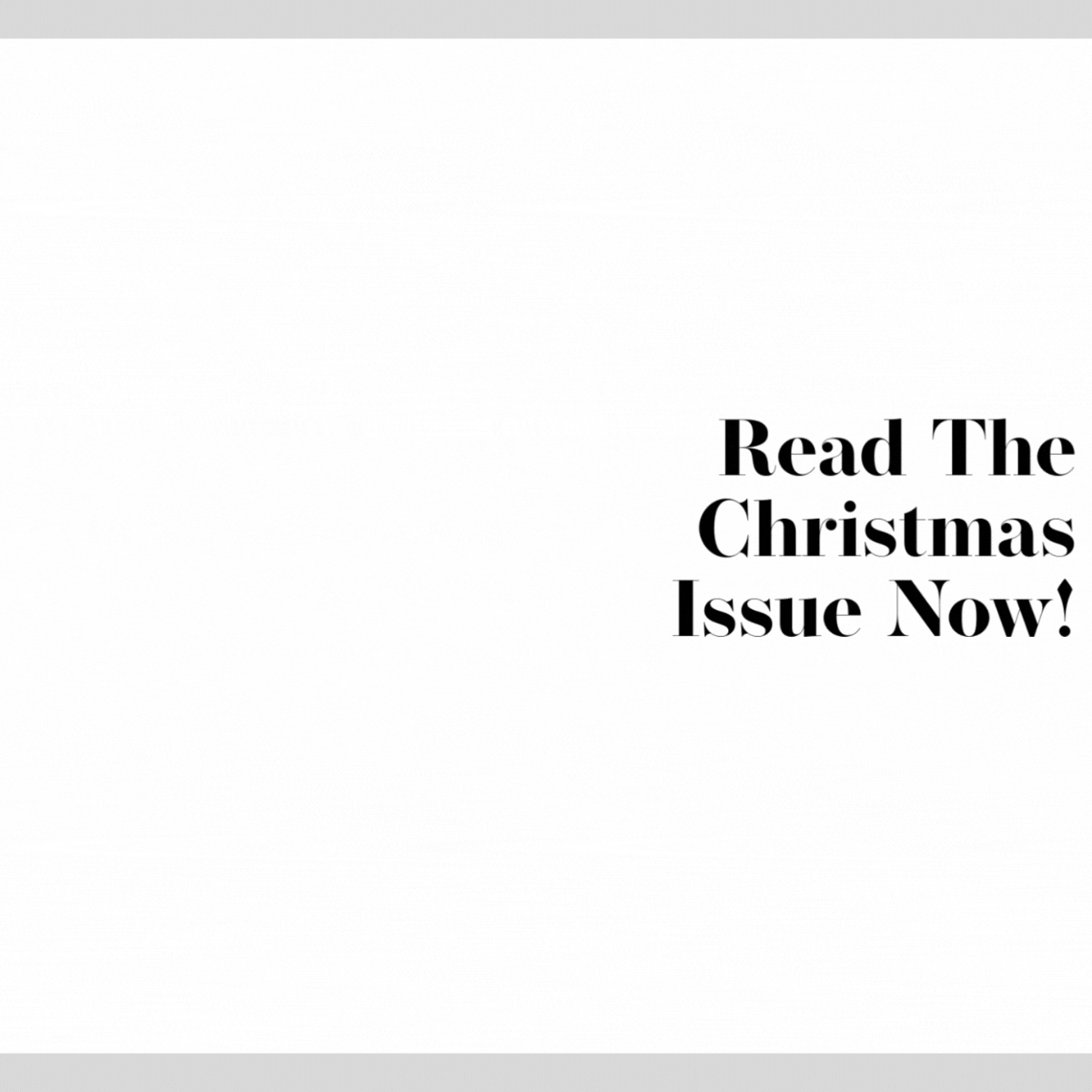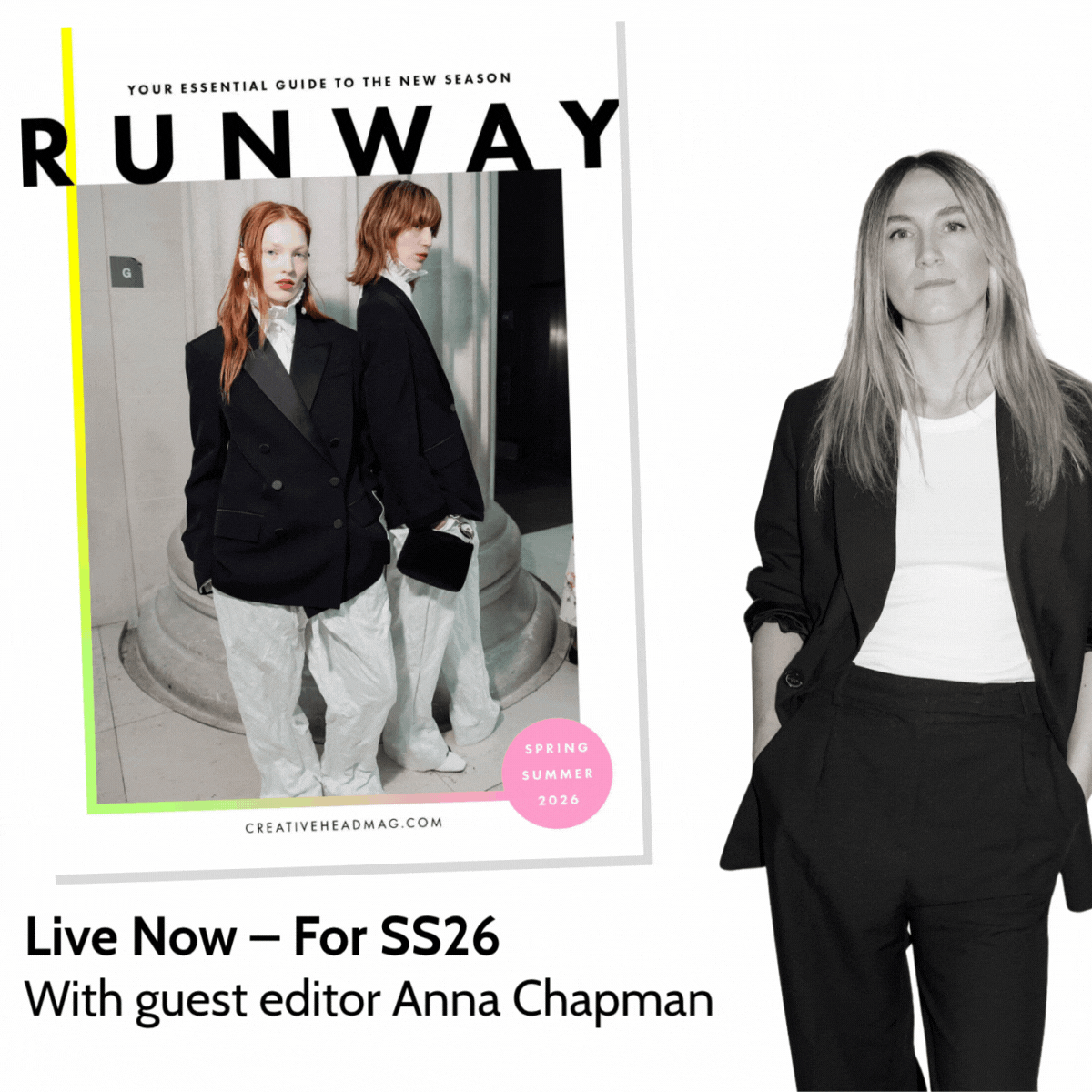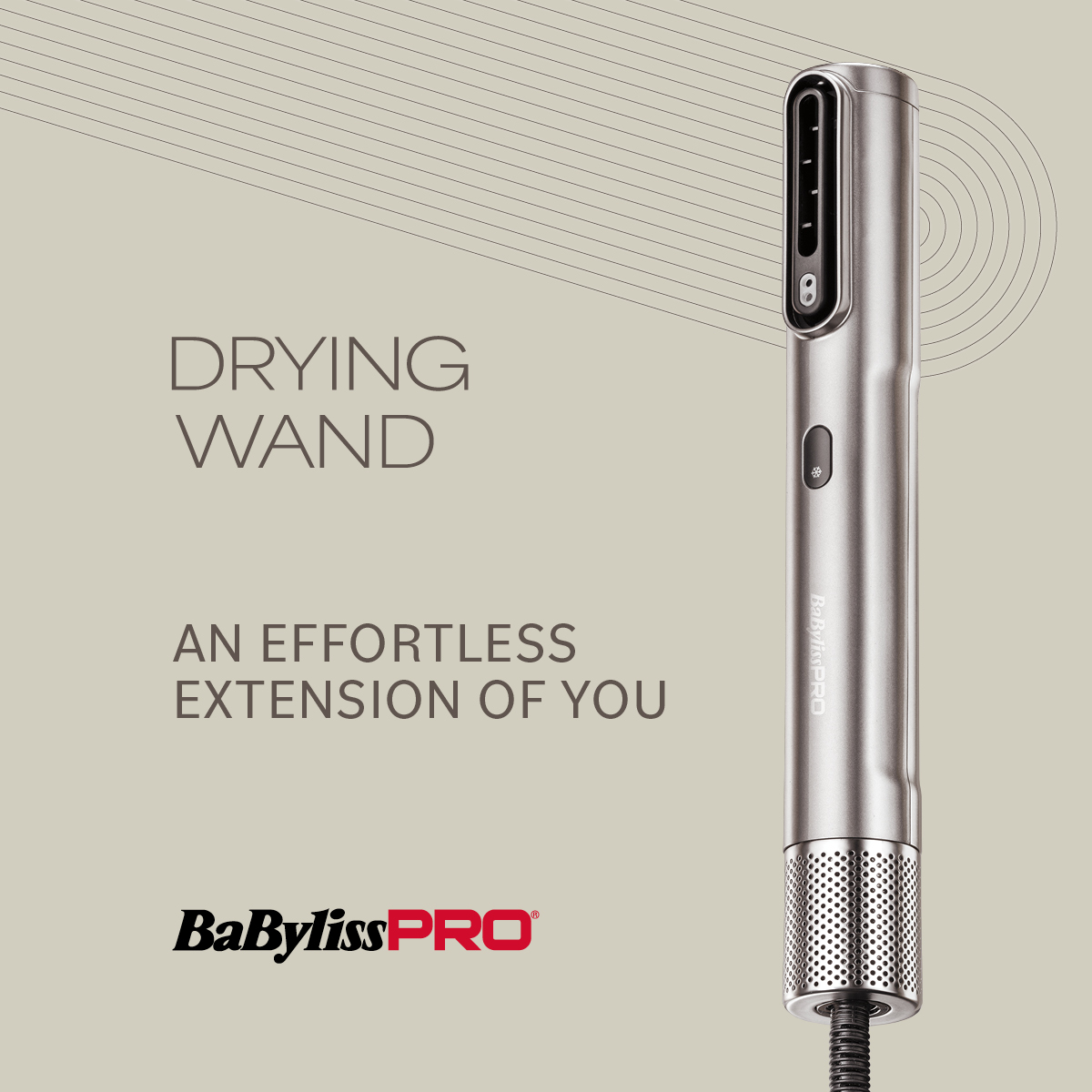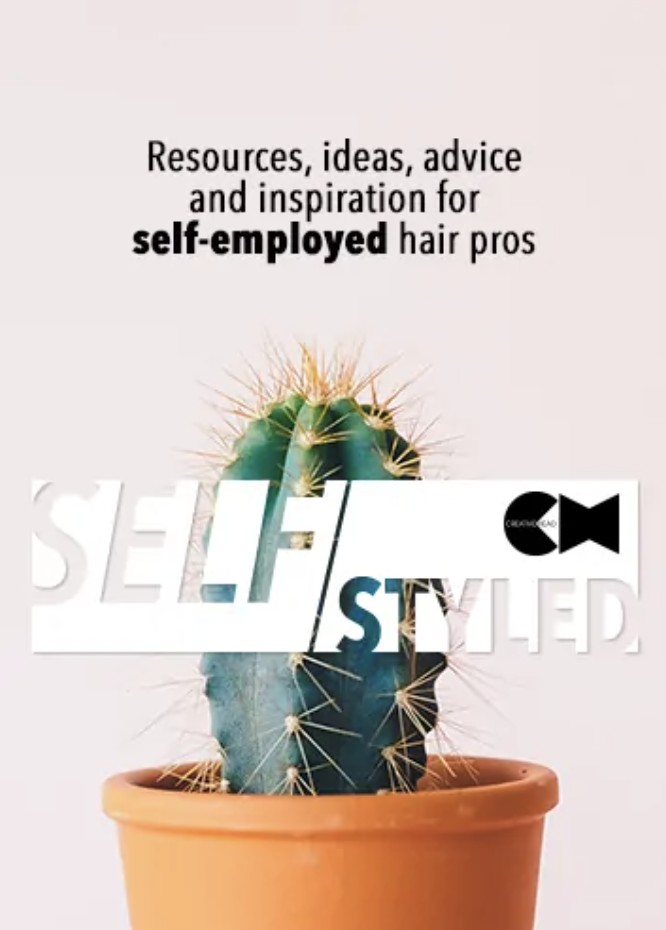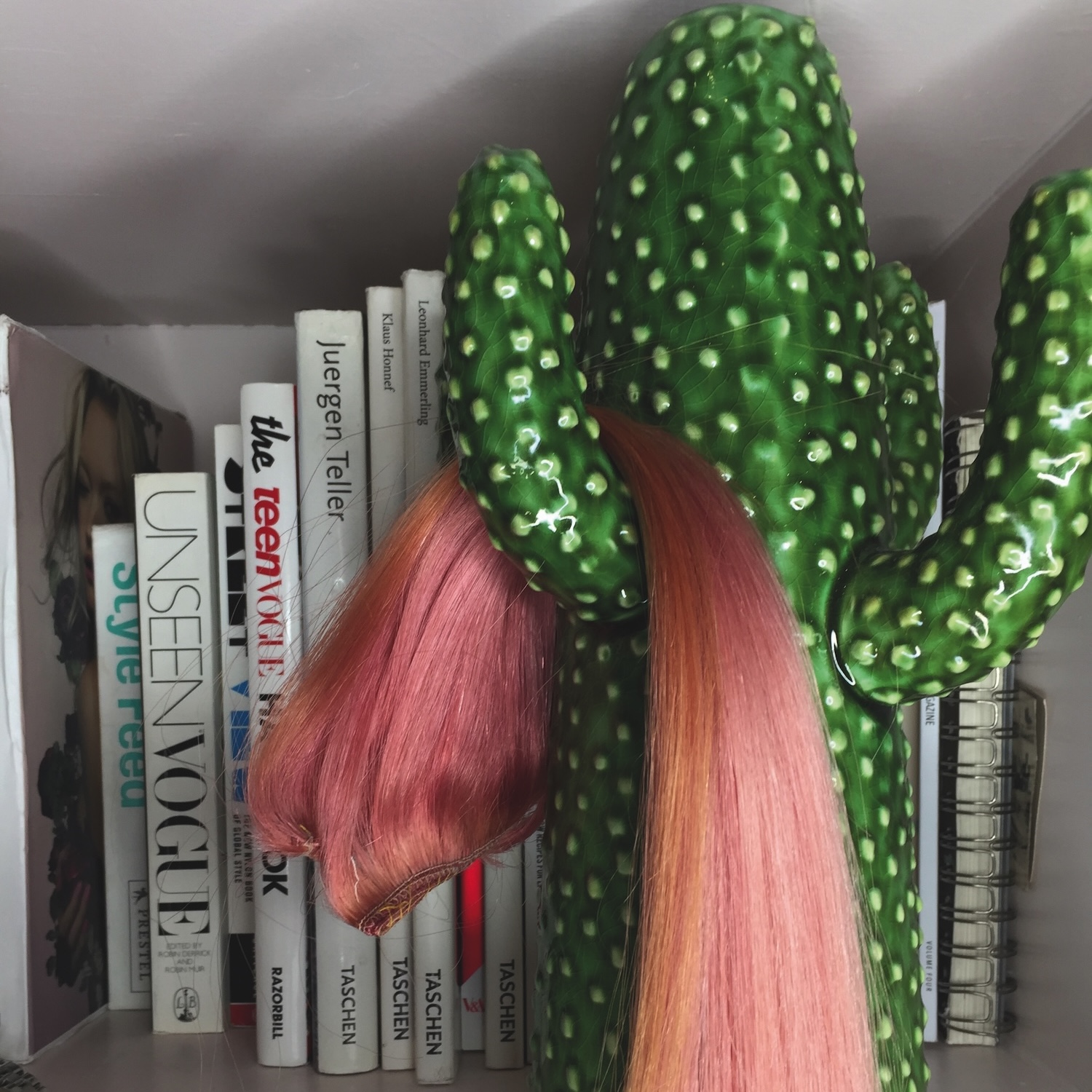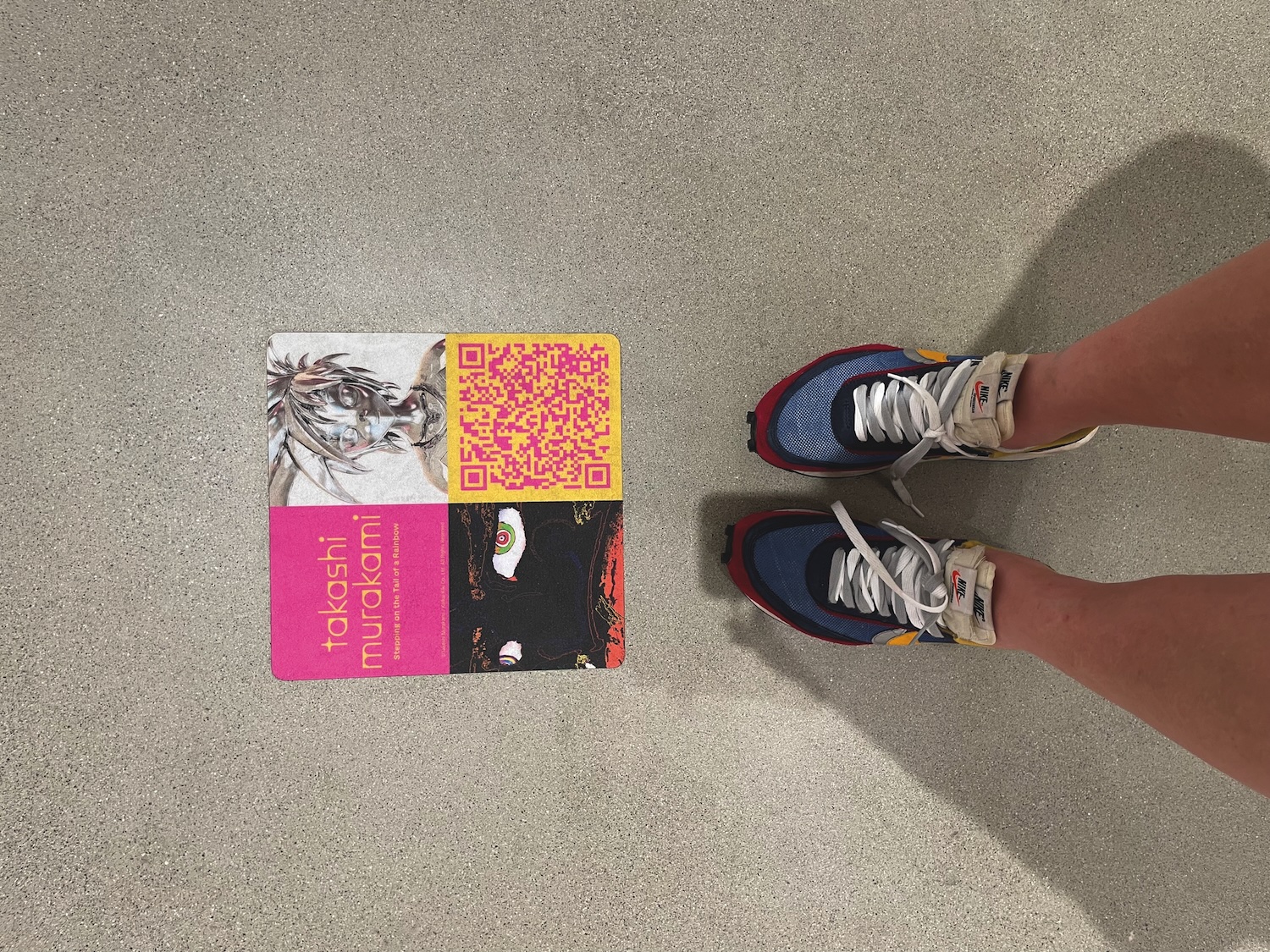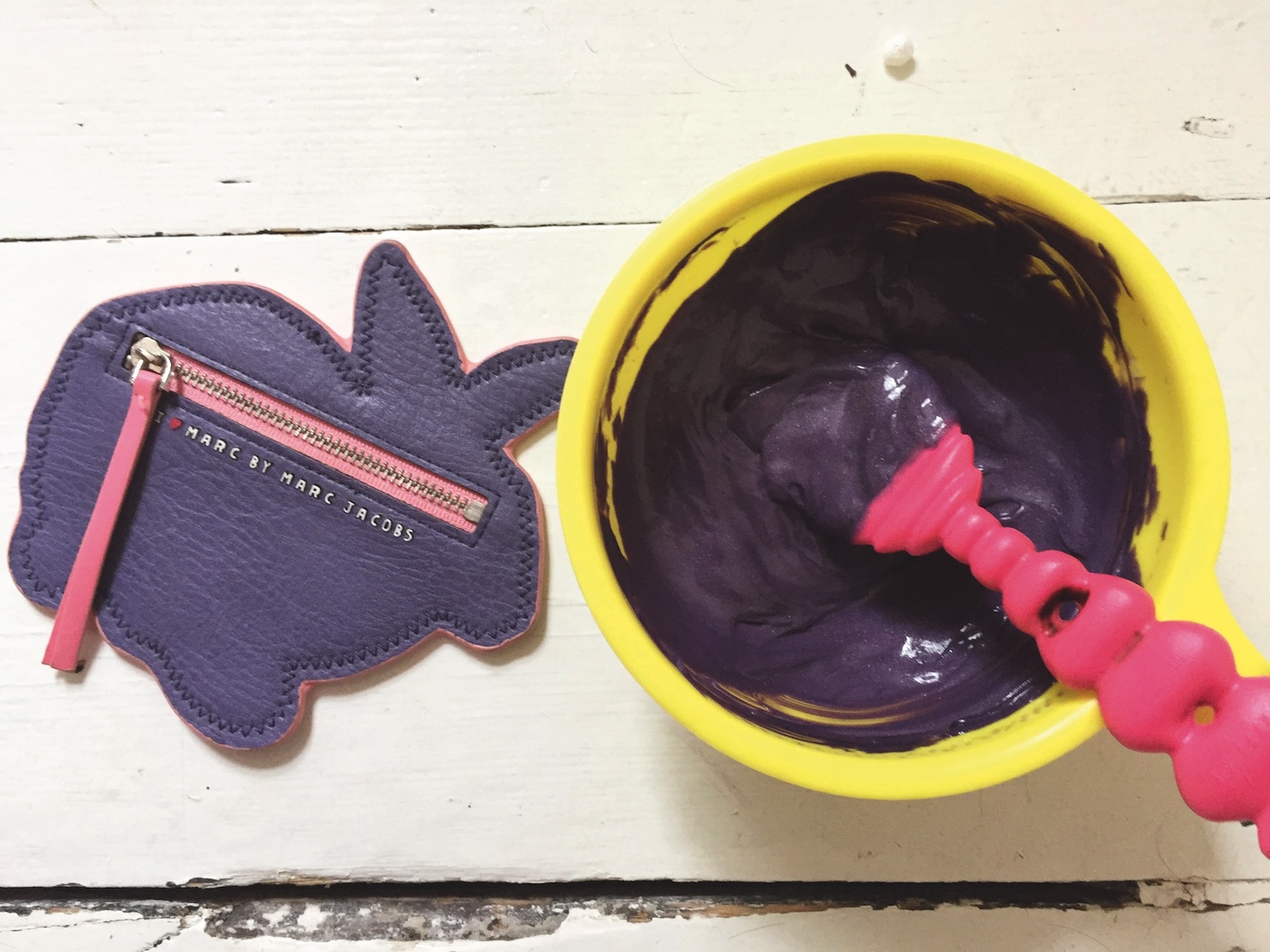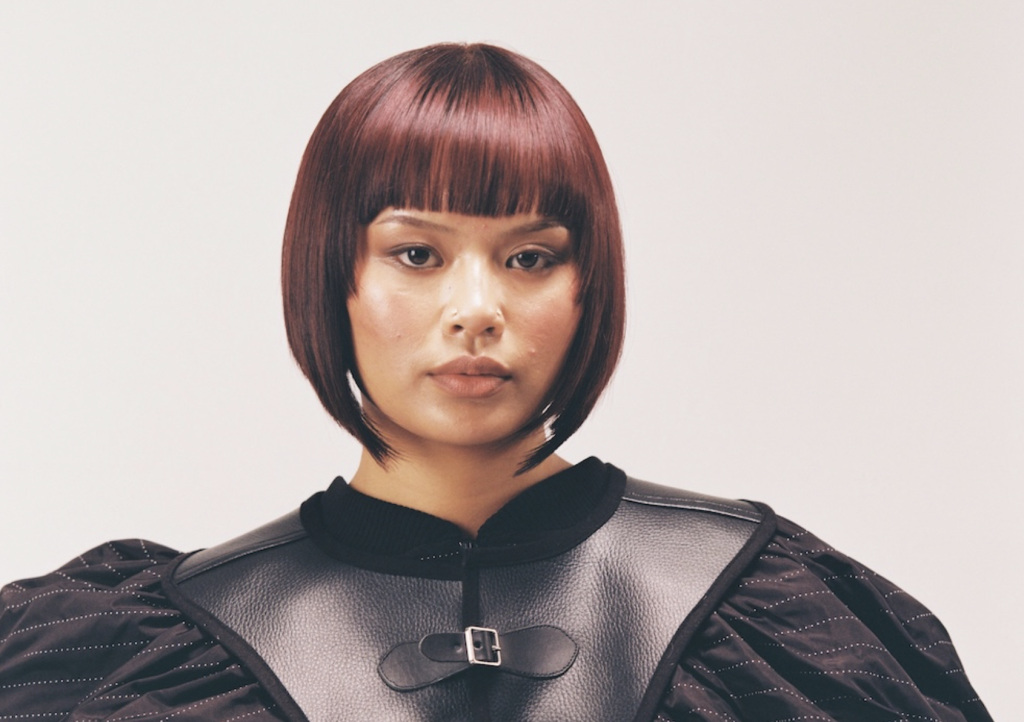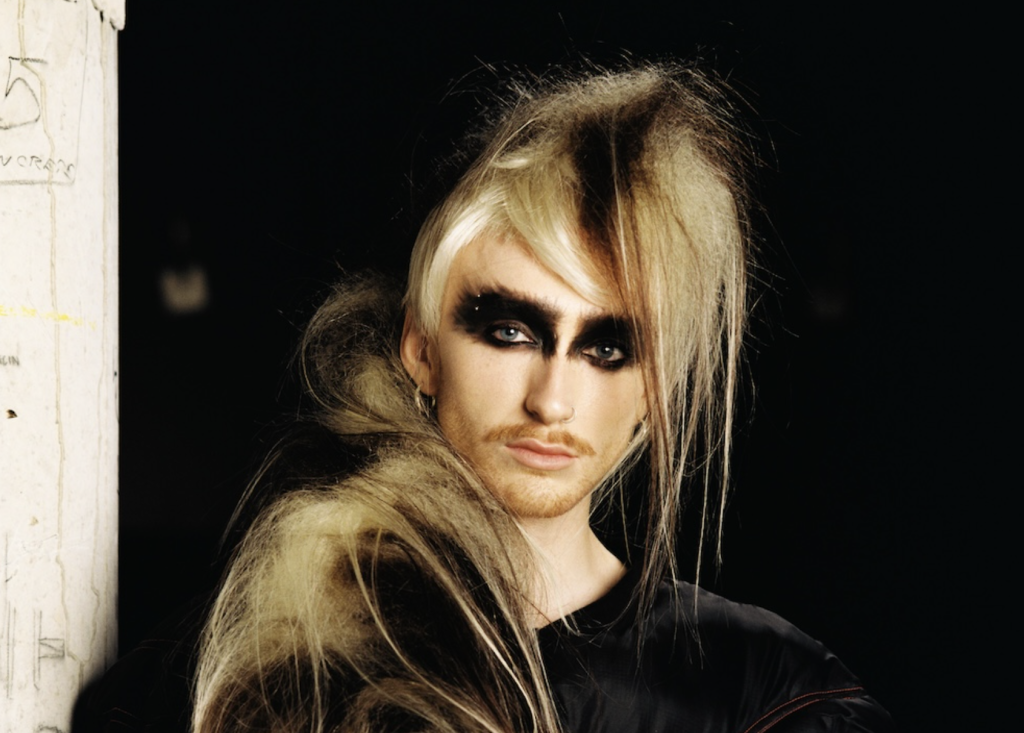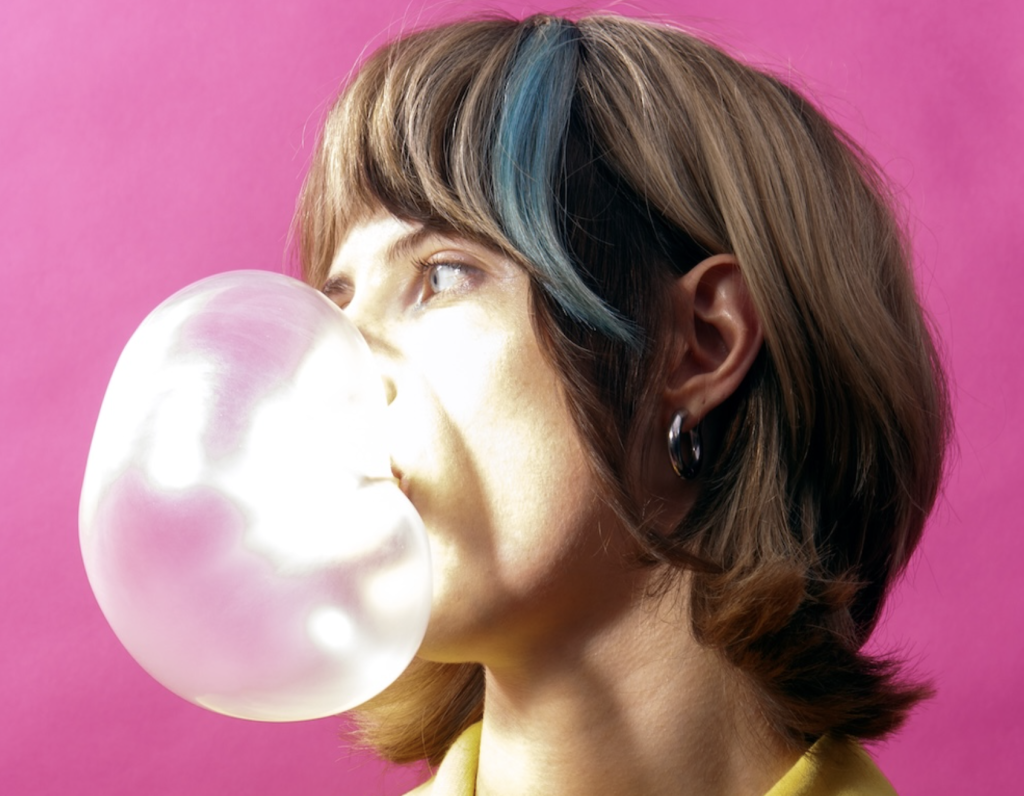
Five Ways to Help You Stay Sane Through the Christmas Rush
Five Ways to Help You Stay Sane Through the Christmas Rush
L’Oréal Professionnel’s Head Up coach, Hayley Jepson, shares essential advice for a balanced festive season
by CAITLYN | EXPLORE
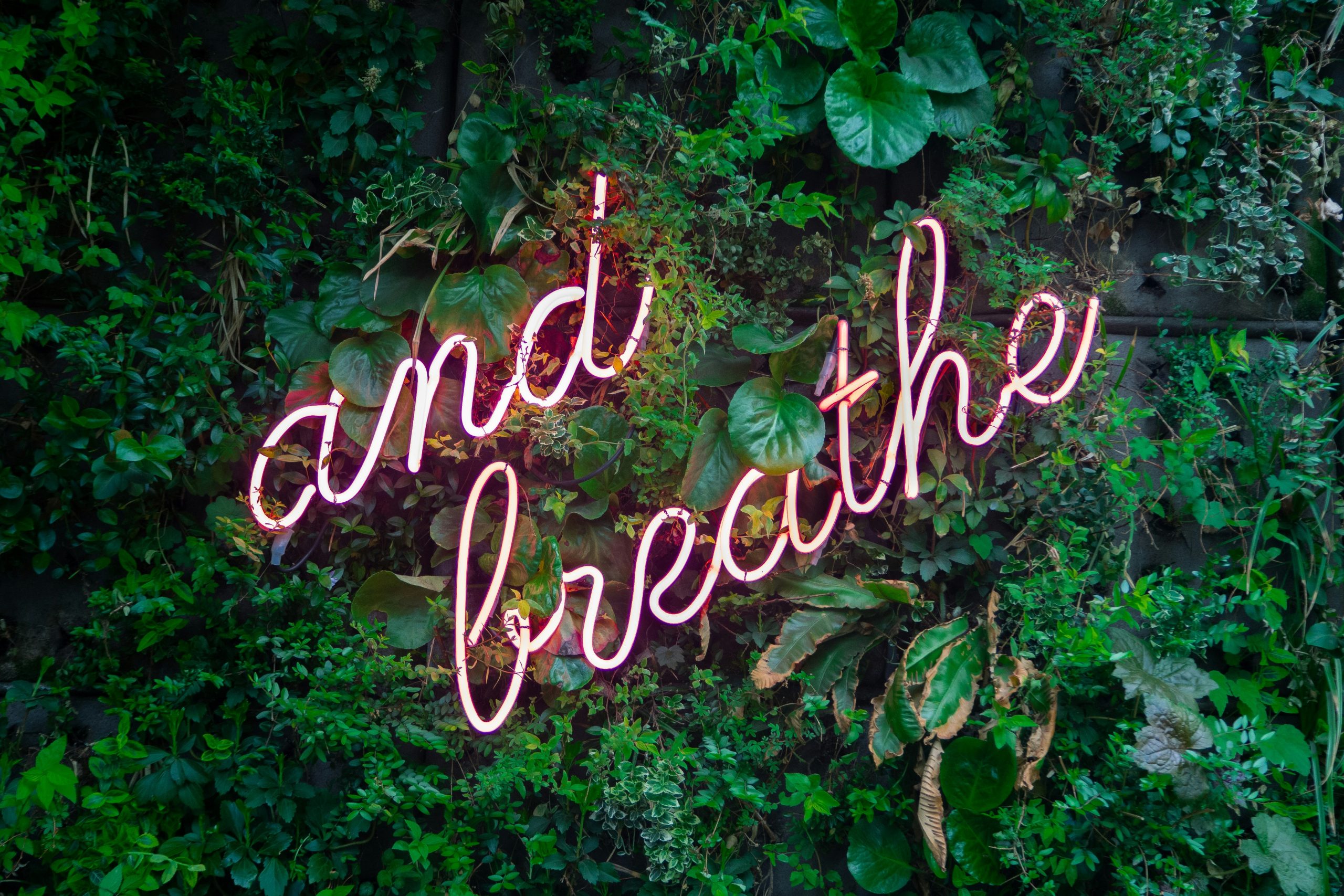
Max Van Dan OeteLaar for Unsplash
The countdown to Christmas is officially on, and for stylists and salon owners, the festive season can bring more than just holiday cheer. Packed schedules, high expectations and back-to-back appointments can leave even the most experienced professionals feeling overwhelmed. But it’s possible to navigate the holiday rush without losing your cool.
L’Oréal Professionnel’s Head Up coach, Hayley Jepson, is here to share her top tips for reducing stress and staying balanced through the season. “Mental health is the number one challenge for hairdressers,” she says, highlighting the importance of looking after yourself as you look after your clients.
Here are five ways to keep holiday stress in check.
- Stay Hydrated
Hydration might seem like a small detail, but it can make a big difference. Drinking water throughout the day can help maintain focus and energy levels, something that can start to wane during long hours.
- Bring Snacks
Busy days can mean missing meals, which leads to a drop in energy and mood. Plan ahead and stock up on easy, nutritious snacks that you can eat between clients. Jepson recommends bringing snacks that are quick and filling: “Have them in your bag so you always have something with you”. A quick snack can keep your energy up, even on the busiest days.
- Set Boundaries
The desire to please every client is understandable, especially during the holiday season. However, learning to set boundaries can be essential to managing your stress. “We get stressed as hairdressers when clients are late, or if a colour isn’t going to plan,” Hay explains. “It’s wise to focus on what you can control and not what you can’t.” She suggests saying no to that extra appointment if you’re already stretched thin and communicating clearly with clients about your time limits.
- Take Micro-Breaks
A few minutes here and there can help refresh your mind and body. Between clients, take a moment to stretch out your arms, back, and shoulders. These small breaks make a big impact on both physical and mental stamina, helping you get through each day with more ease. “Stretch when you have a minute – your body will thank you!” says Hayley.
- Ask for Help
There’s no need to handle it all alone. If a colour isn’t going as planned or a client is particularly demanding, don’t hesitate to reach out to a colleague for a second opinion. “Sometimes it can be good to get a second opinion on what to do in times of stress,” she adds. “We can start to feel out of control when things go wrong, so reaching out helps us get out of our own head.”

Extra Support for the Busy Season
If you’re looking for additional tools to support your mental fitness, L’Oréal Professionnel’s Head Up program offers free online videos on managing stress, setting boundaries and avoiding burnout. Each video is quick and designed for hair professionals, perfect for a watch on your lunch break or commute.
Plus, Head Up has teamed up with Calm, offering hairstylists three months of free access to the meditation and relaxation app (and 50 per cent off the annual subscription). Through Calm, you’ll find guided meditations, breathing exercises, and sleep tools designed to help you unwind and stay grounded.
The holiday season may be hectic but taking small steps to look after yourself can make all the difference. As Hayley puts it, “focus on what you can control, and give yourself the space to nurture your own well-being.”
Head Up videos can be found on L’Oréal Professionnel Head Up website.
- Step 1: Visit L’Oréal Professionnel UK website and watch Ep 1 of Head Up.
- Step 2: Scroll down to Head Up X Calm partnership and sign up for your discount code and free subscription!
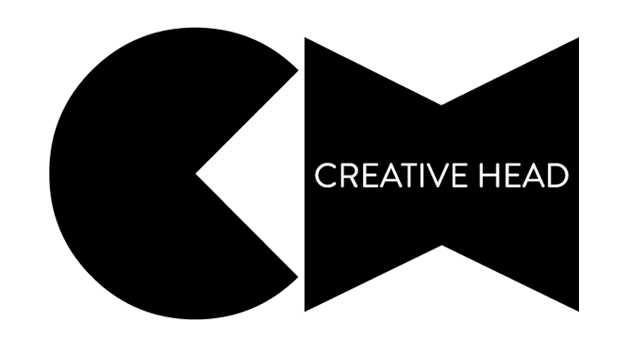
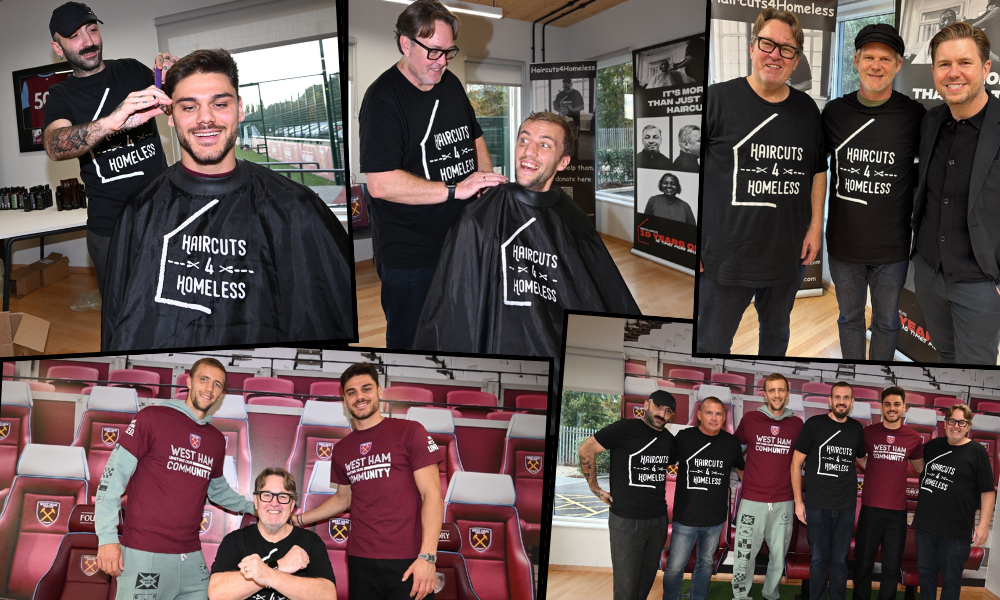

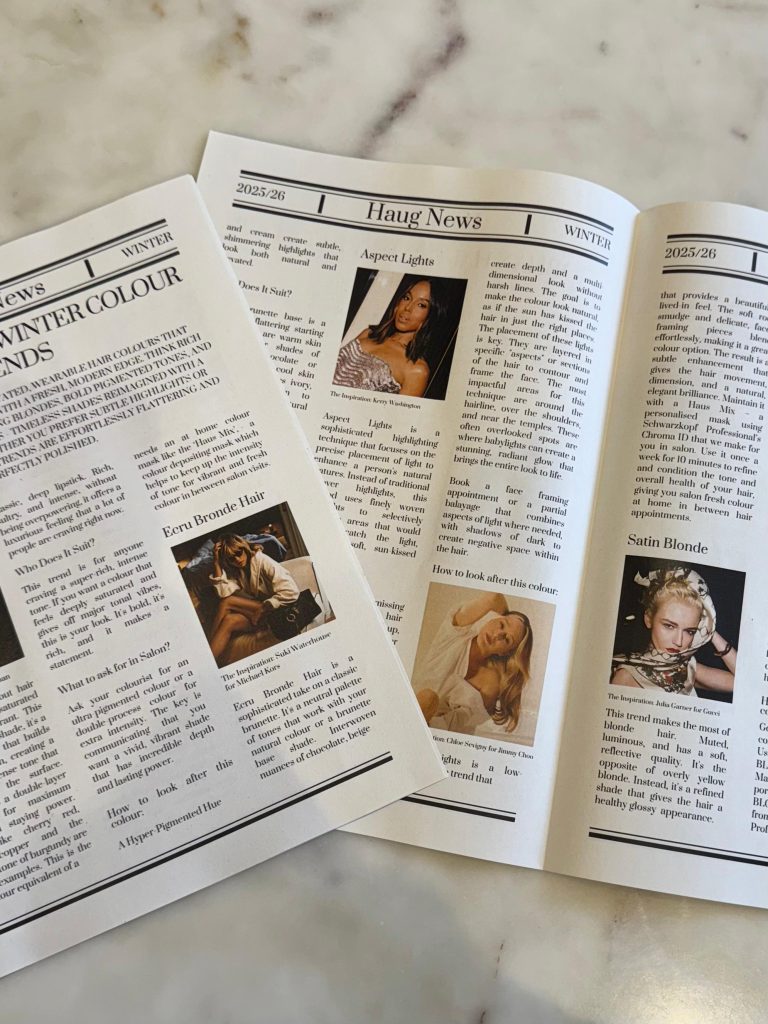
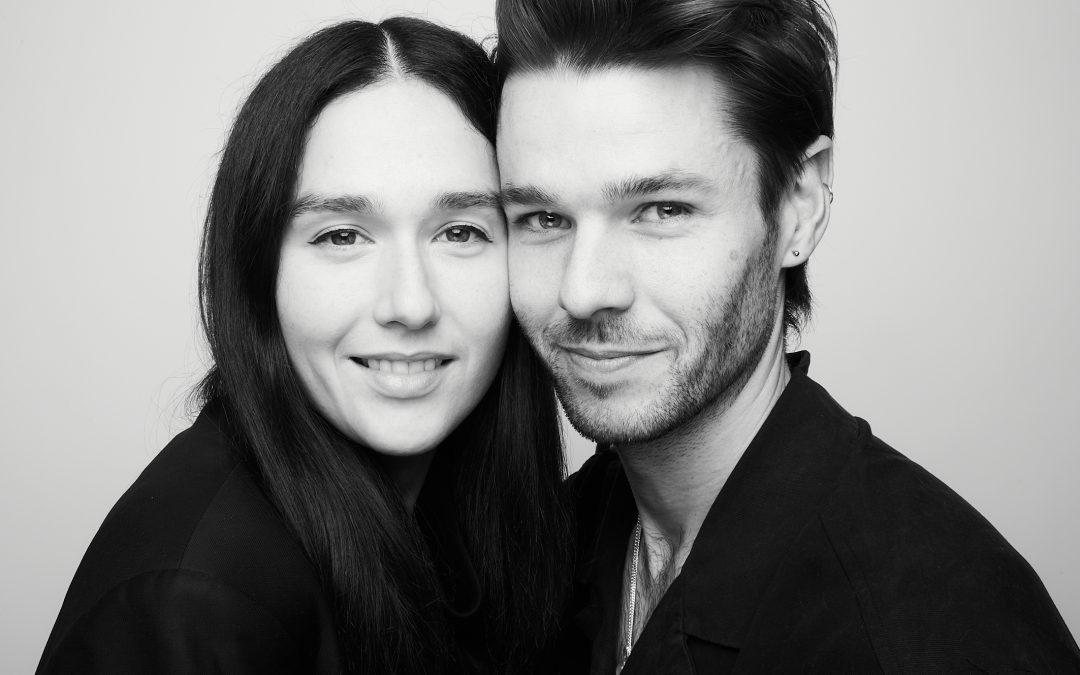
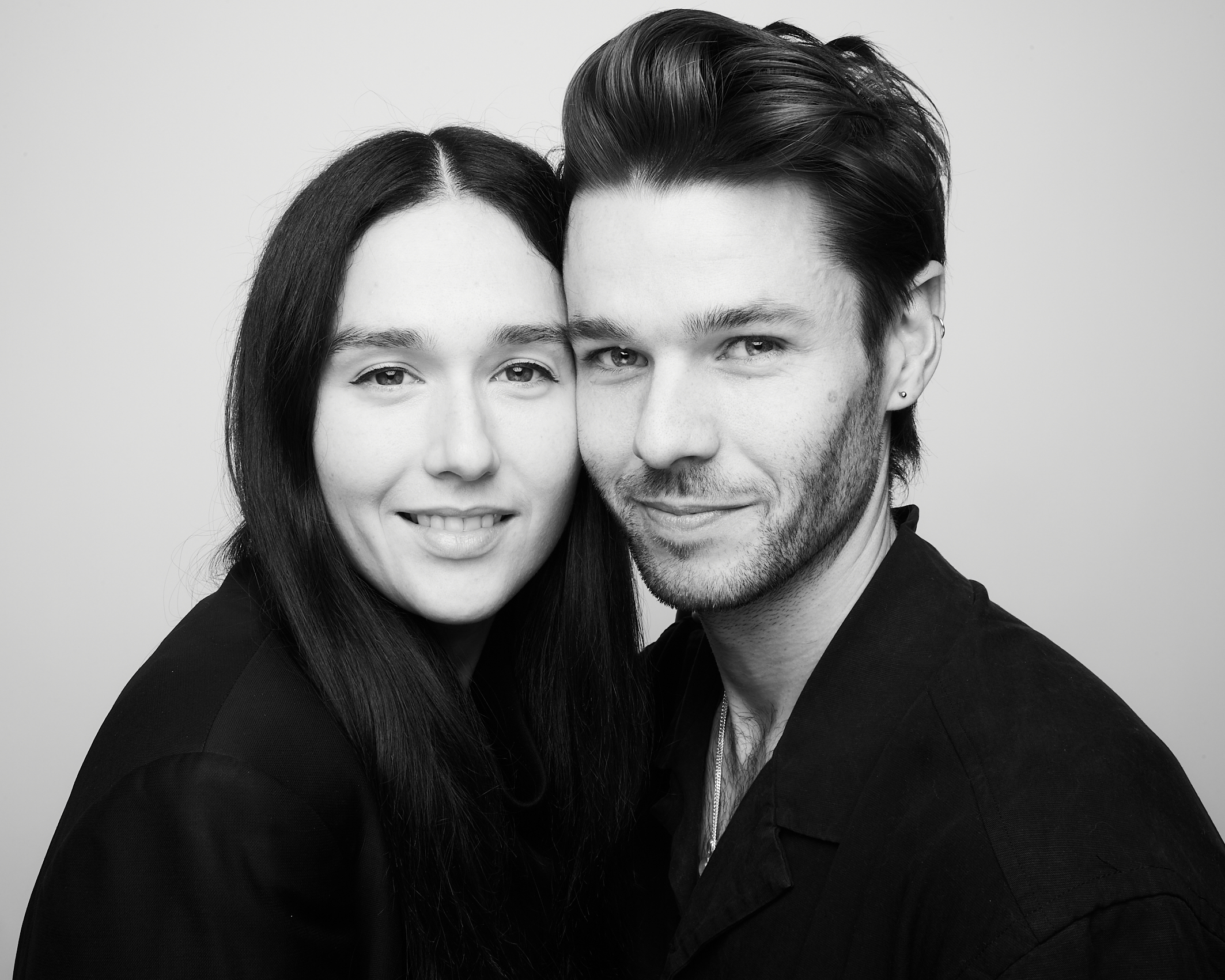
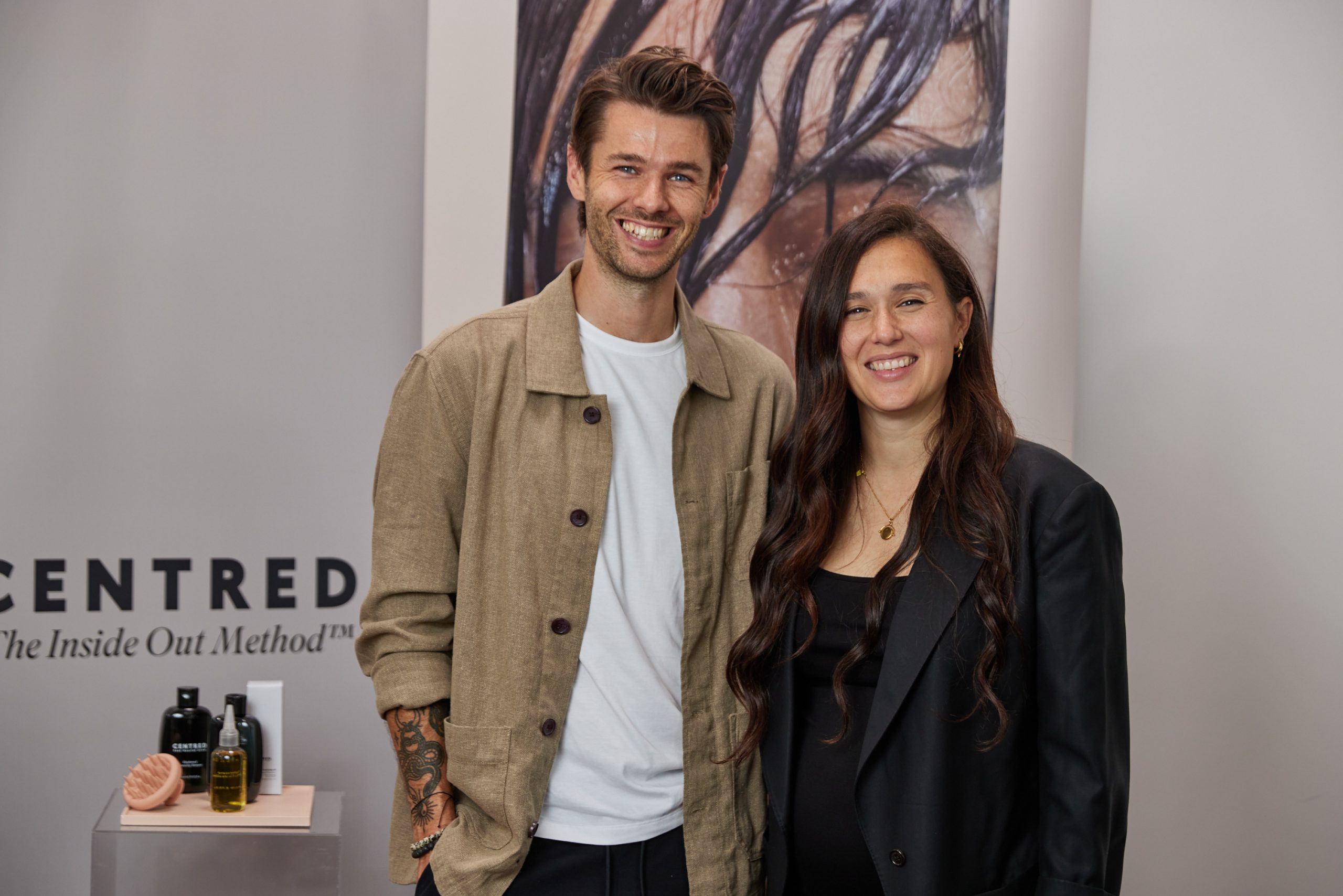
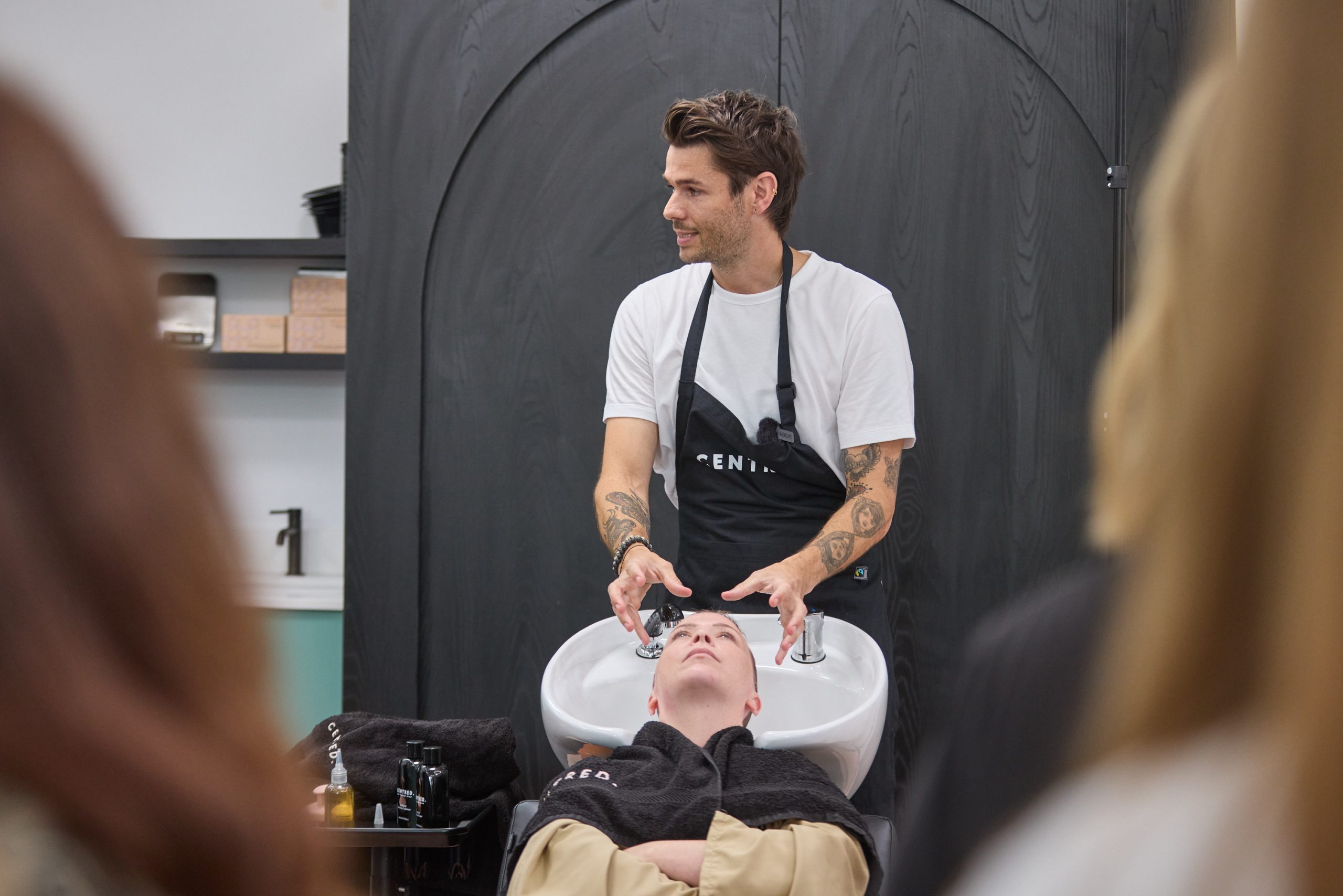
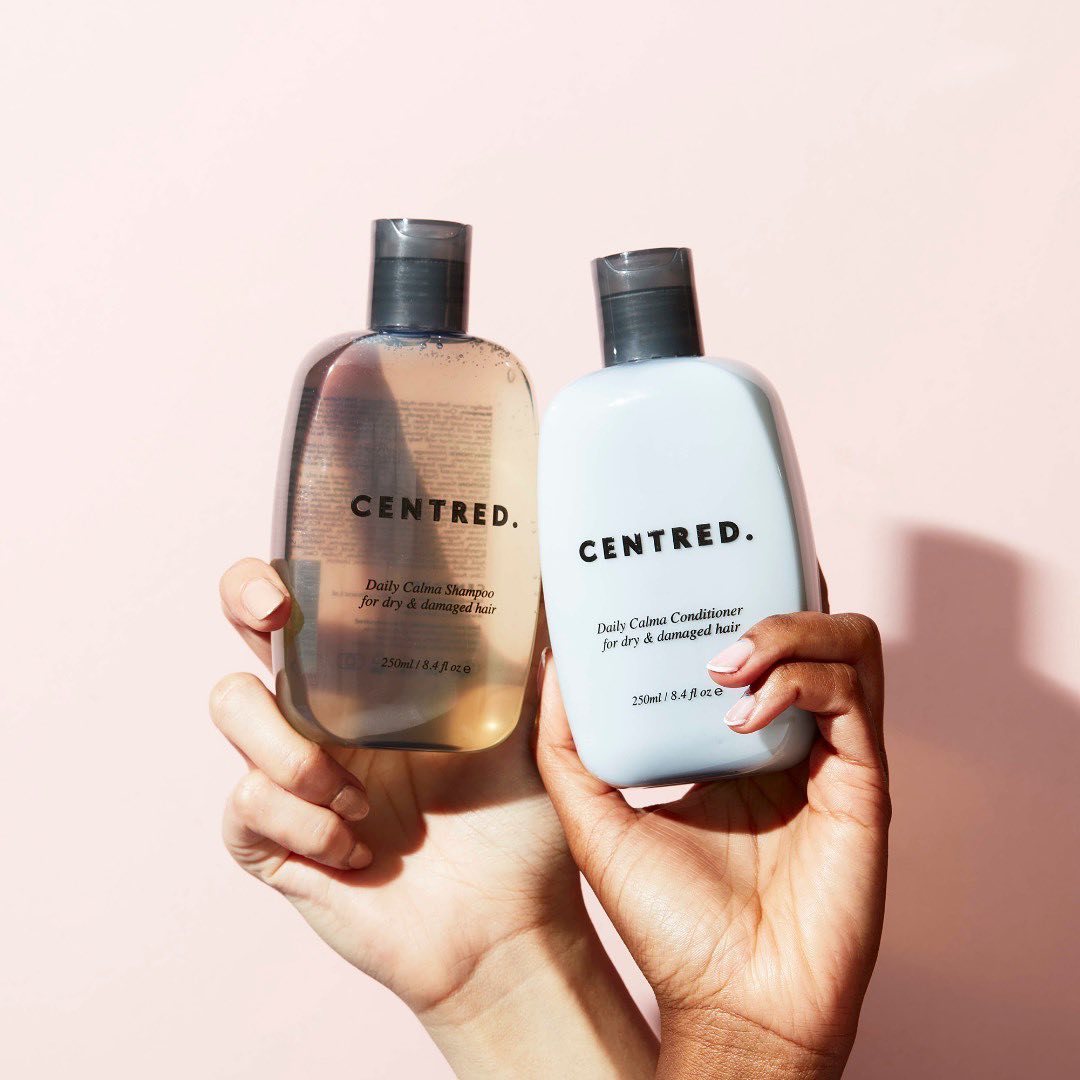
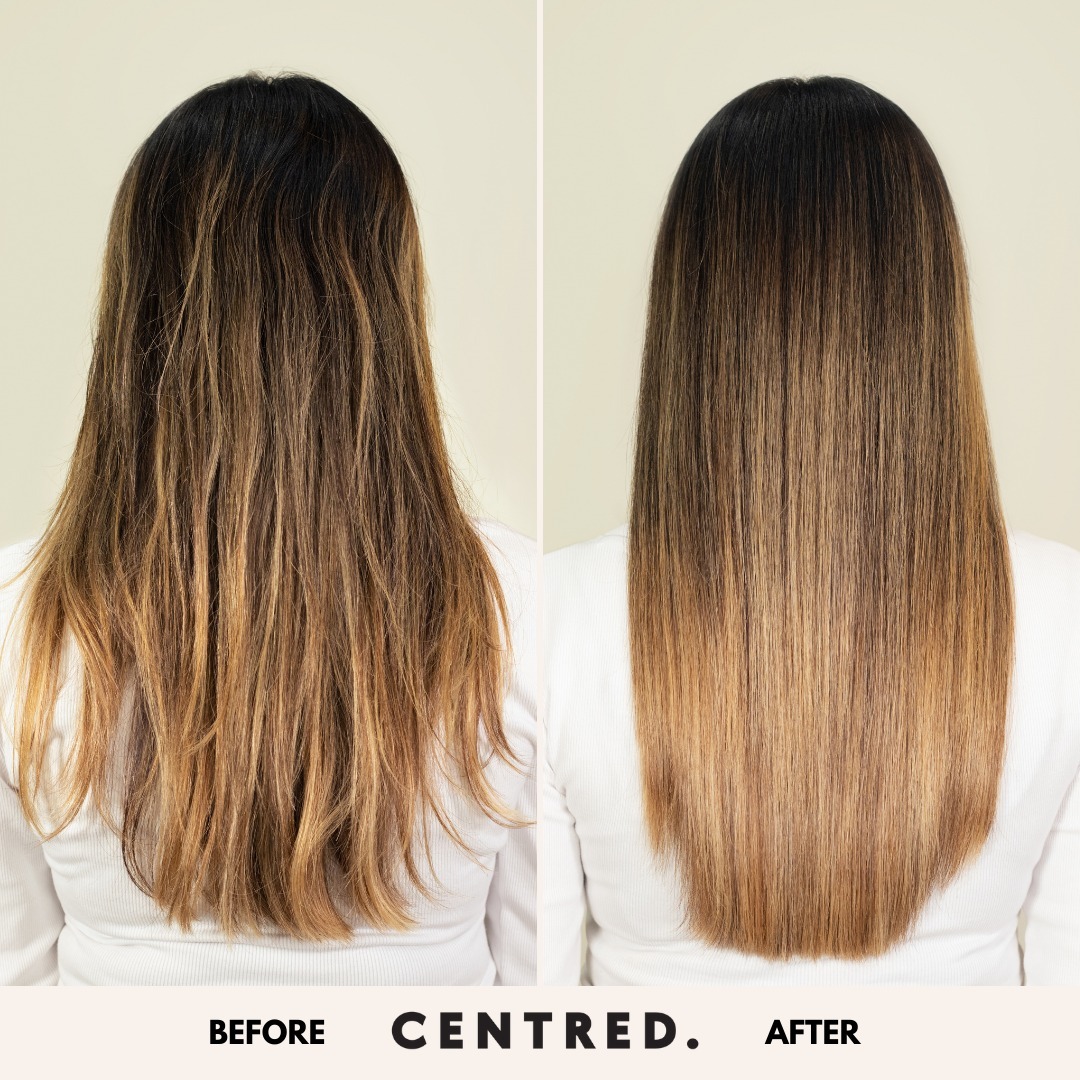


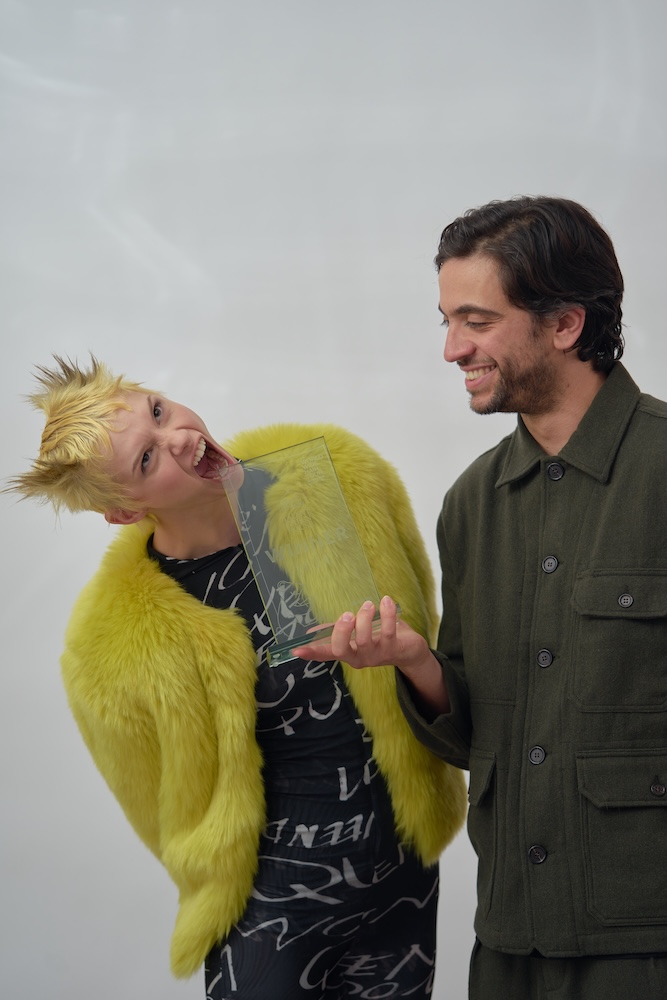
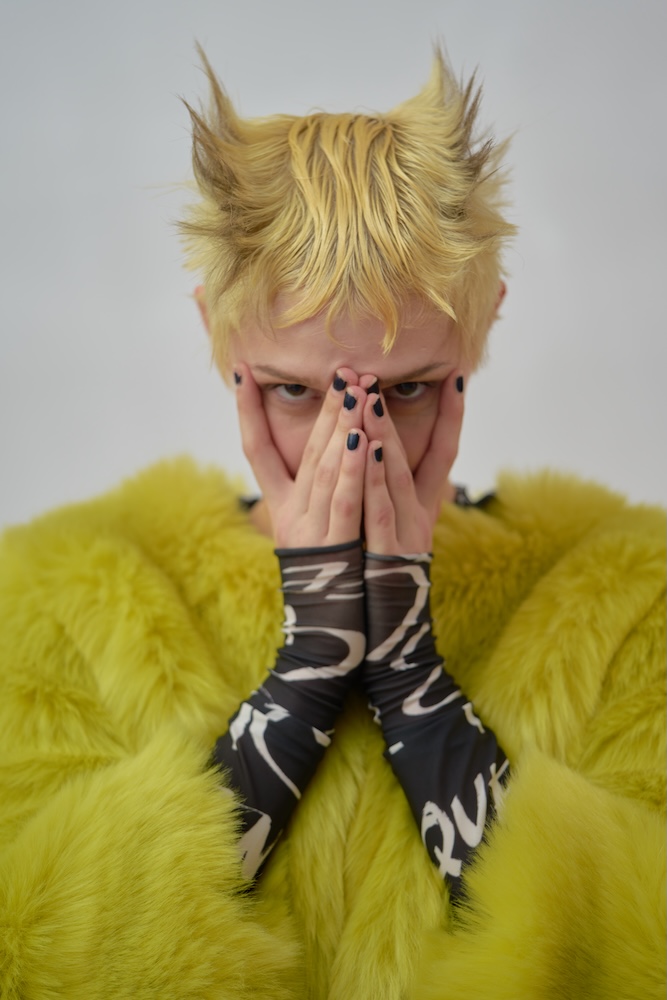
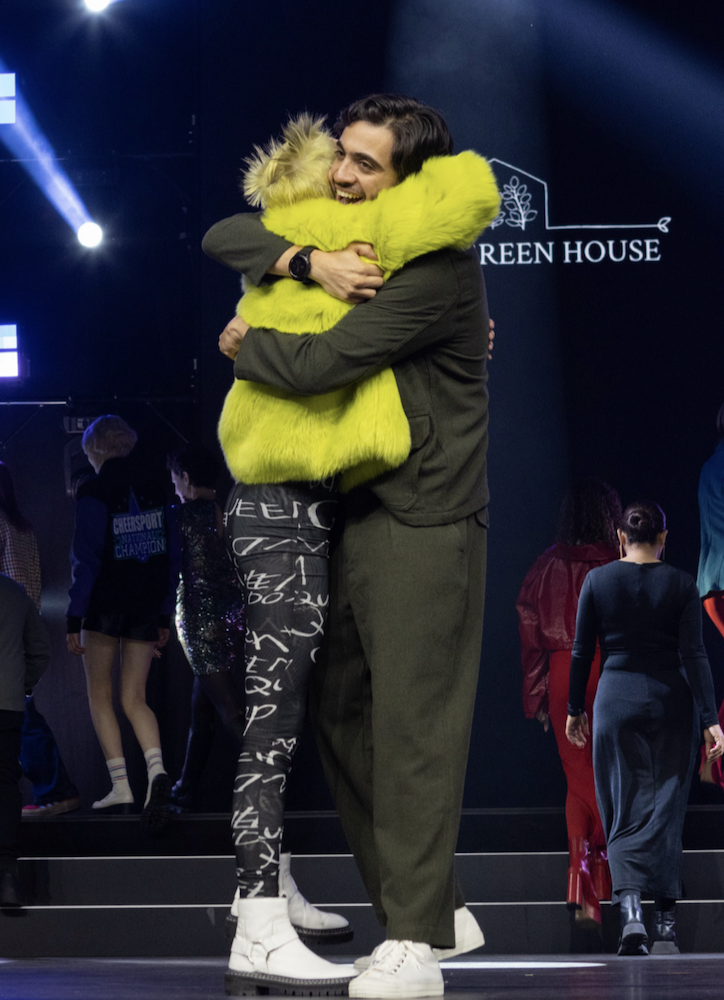
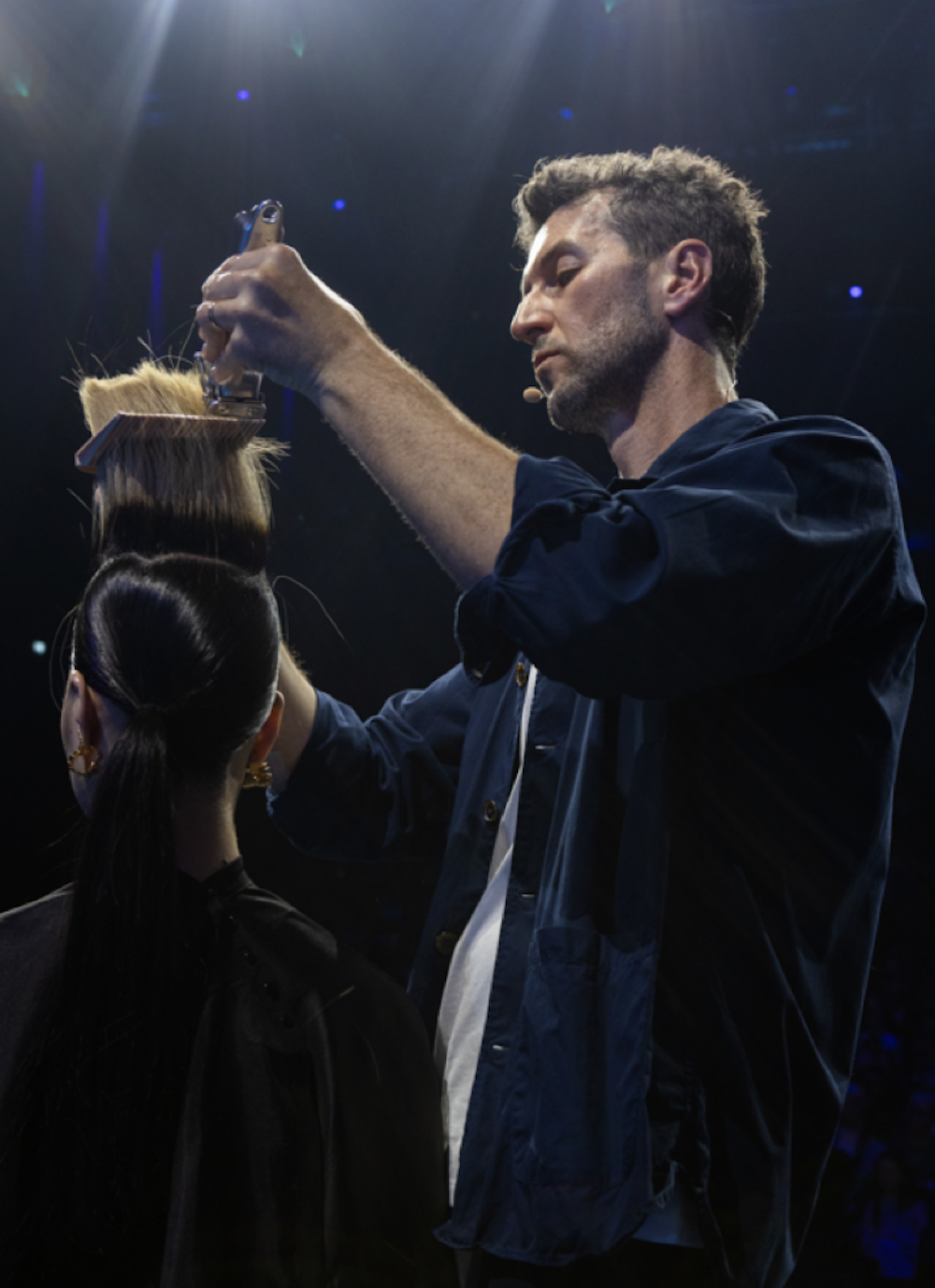
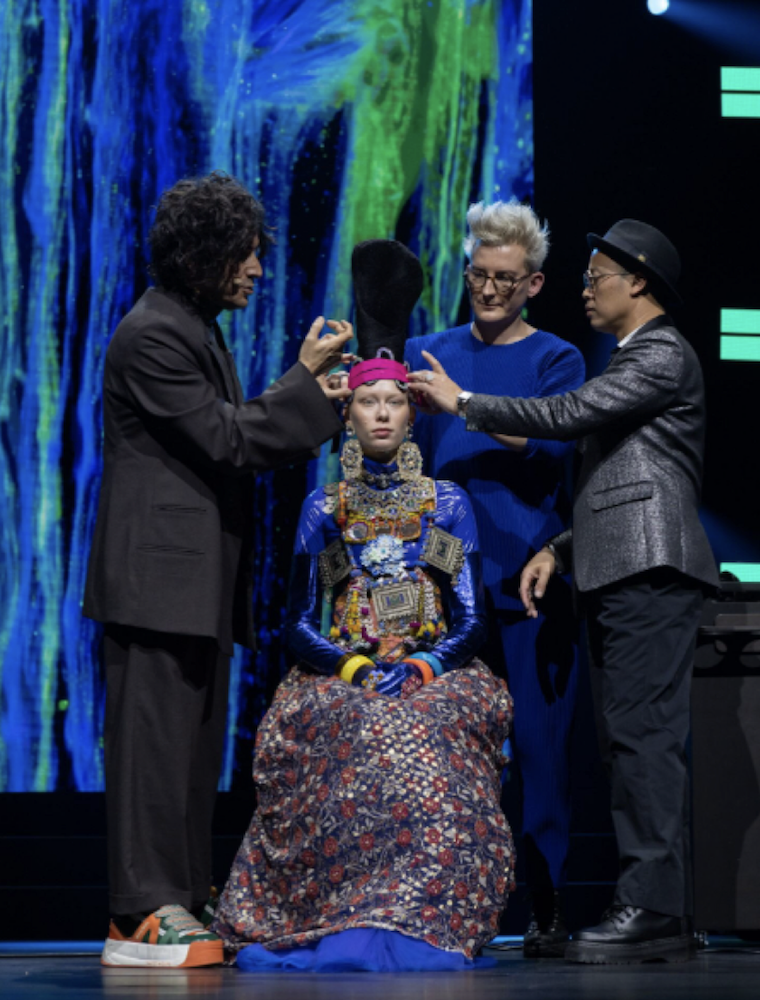
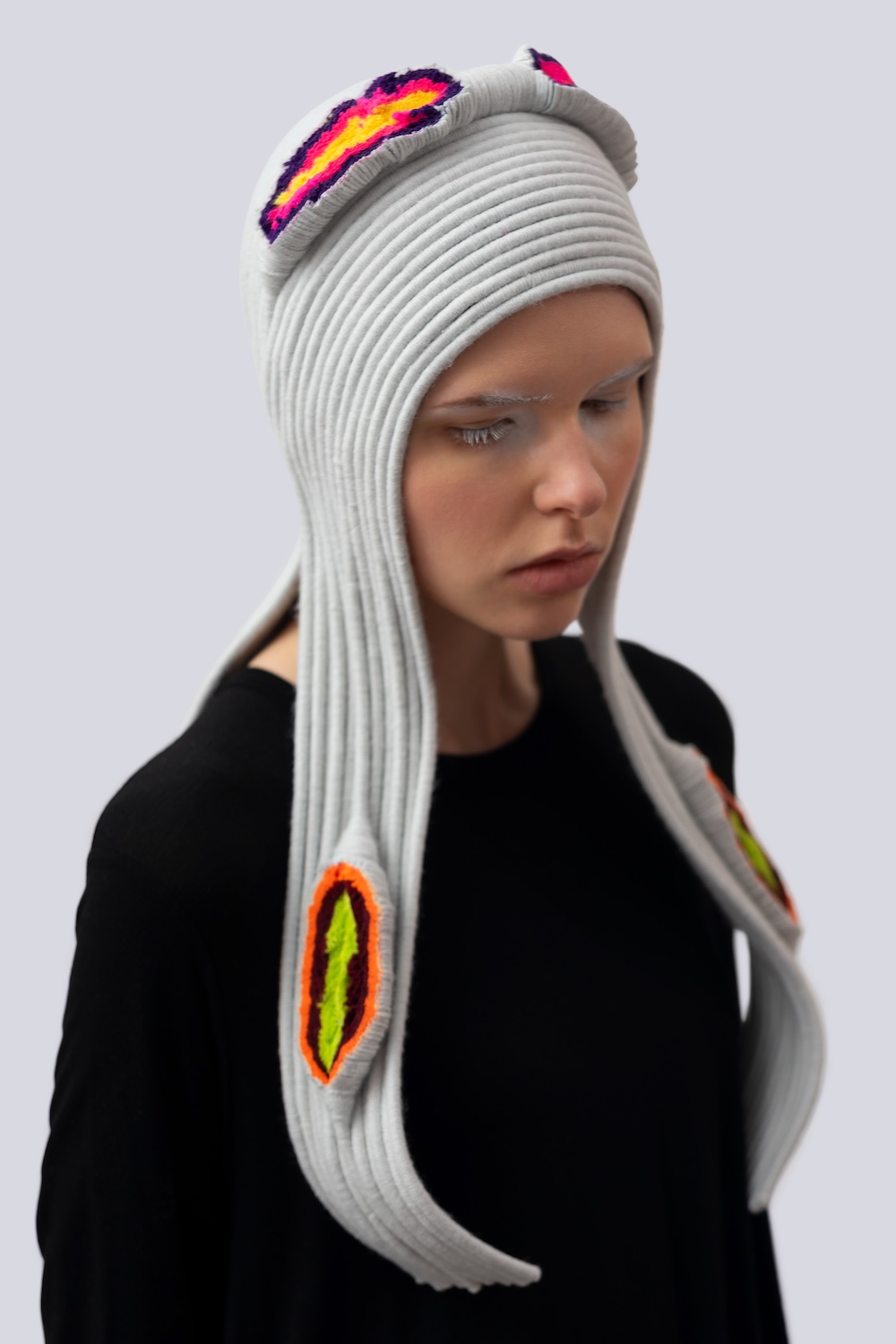
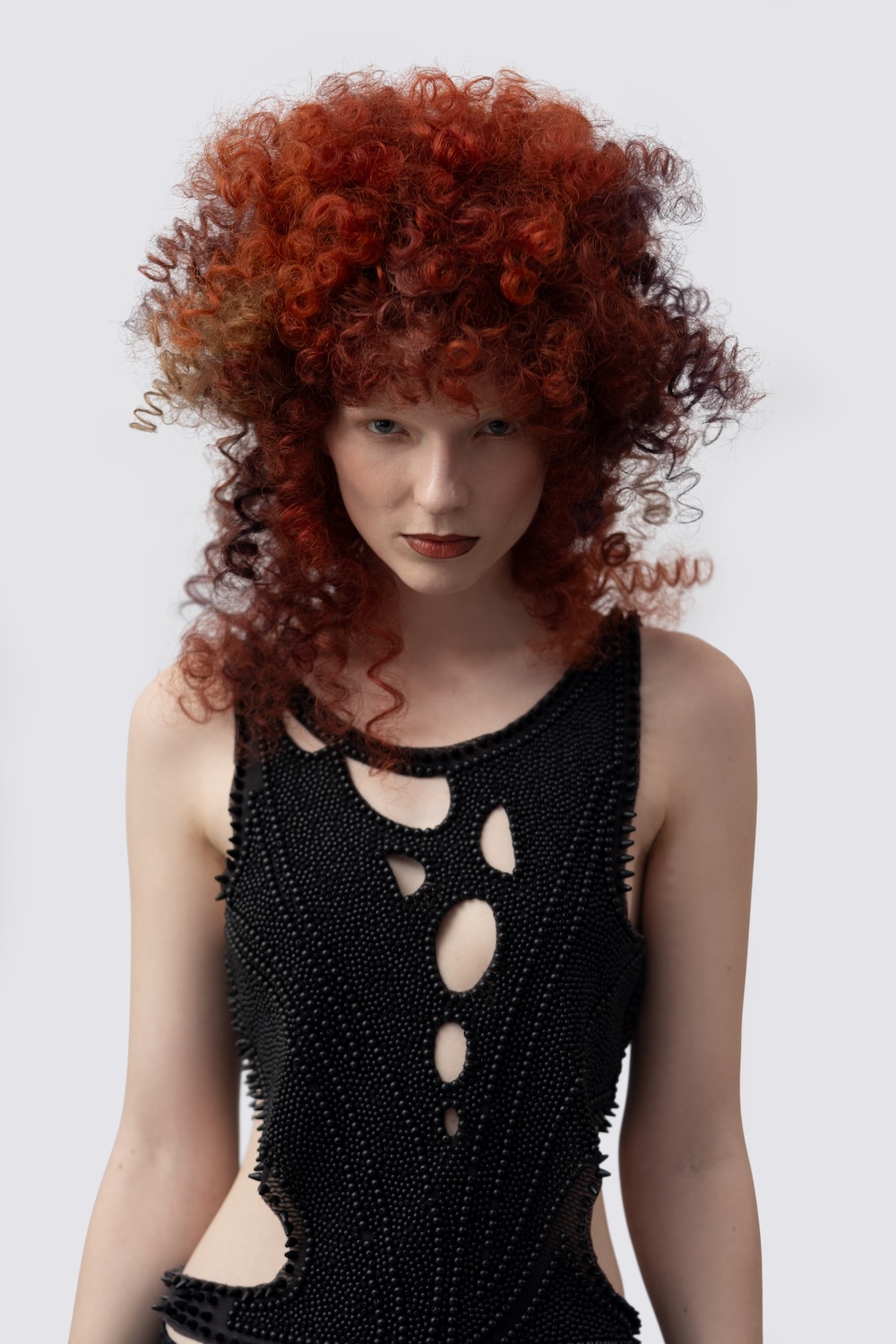
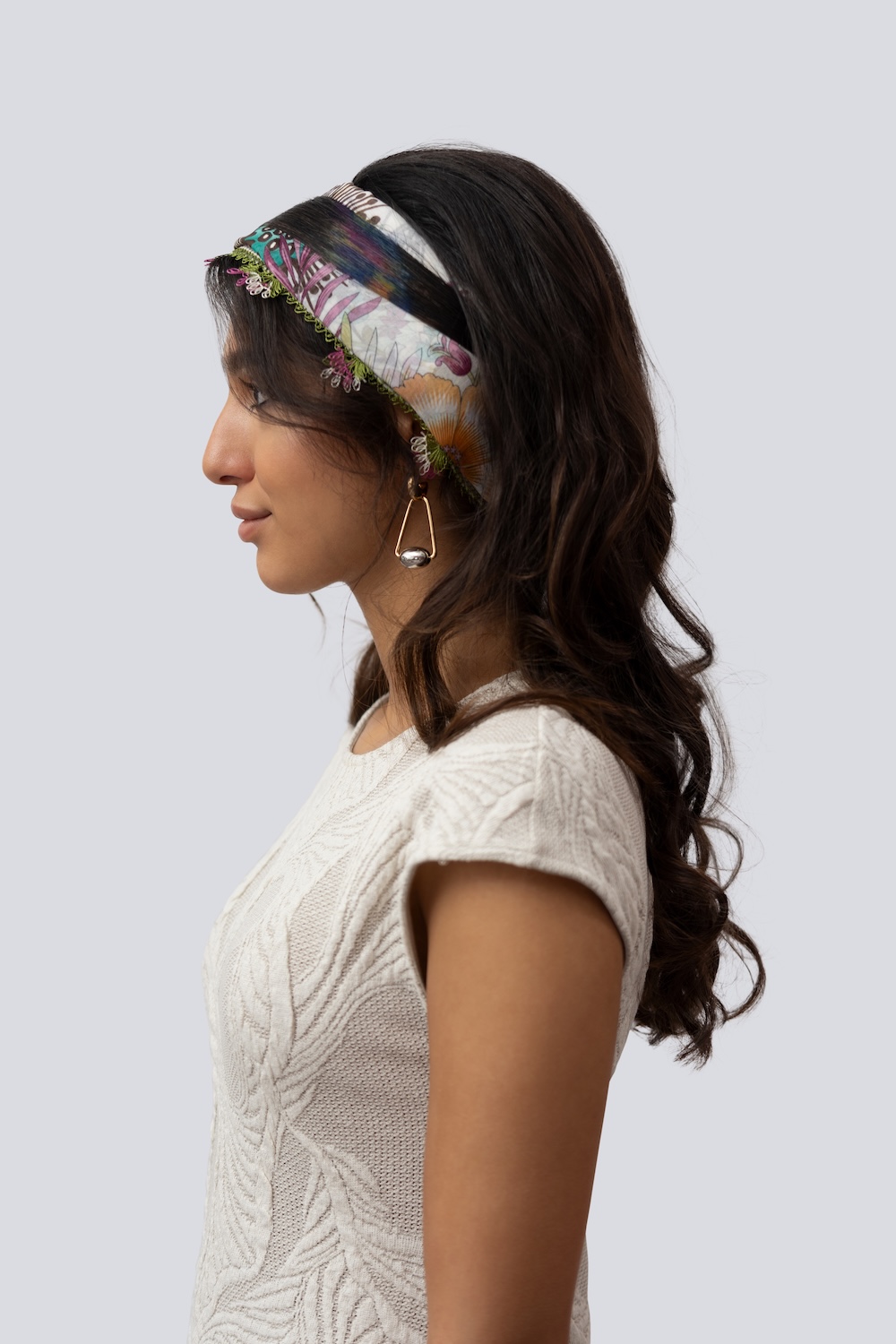
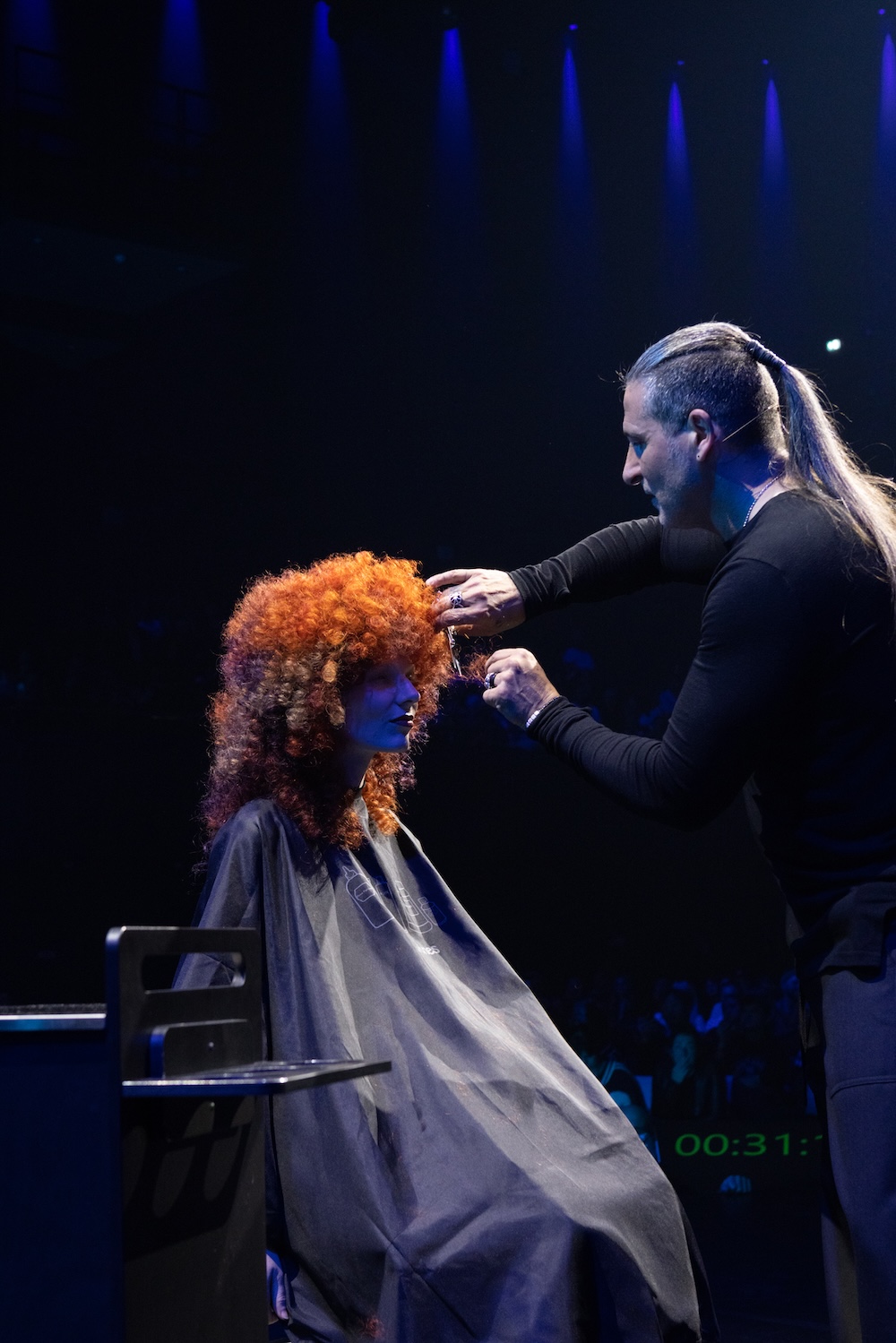
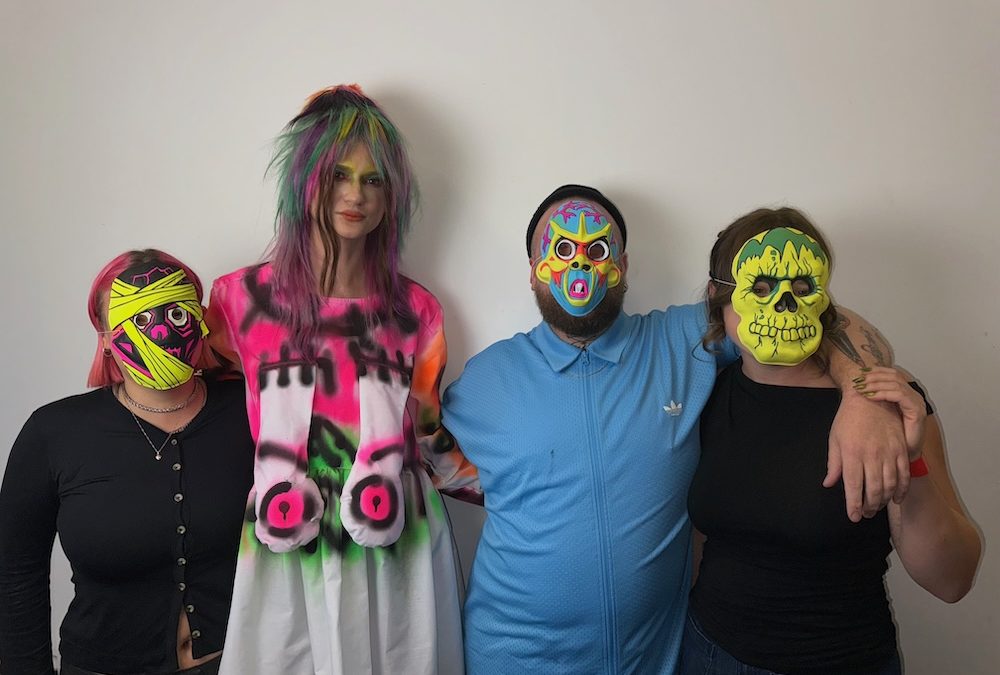
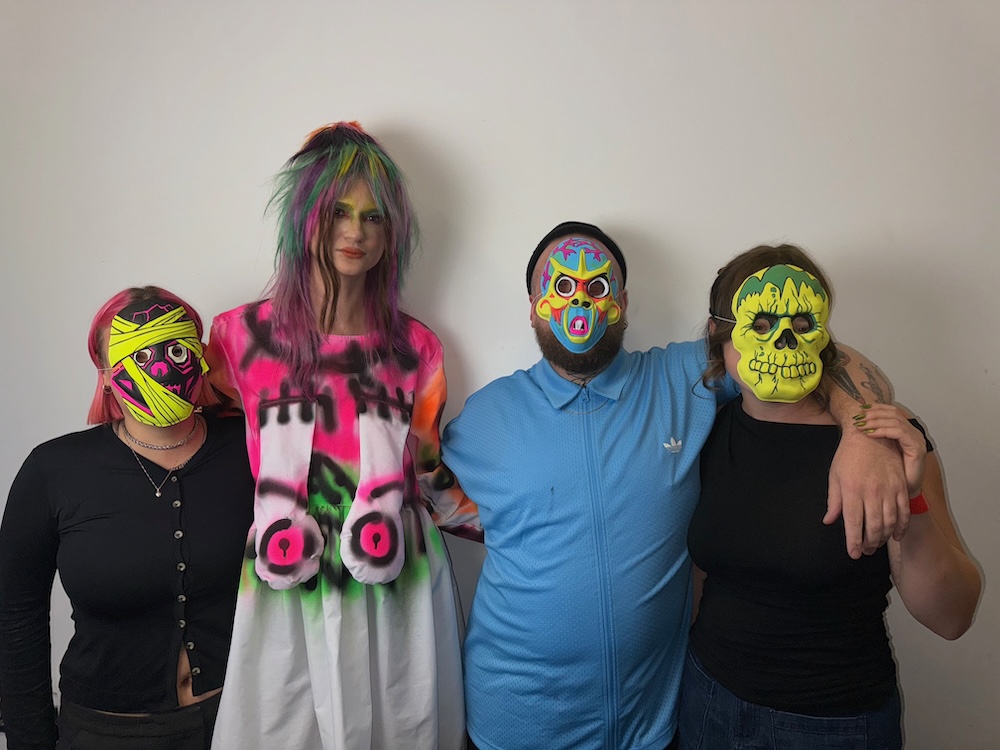
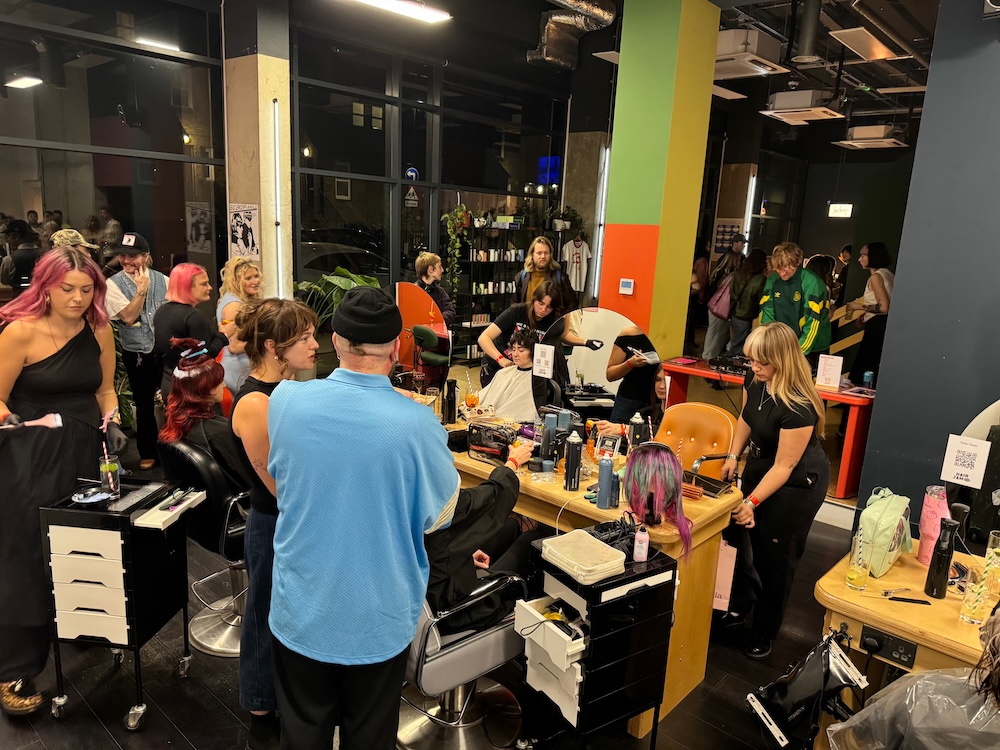
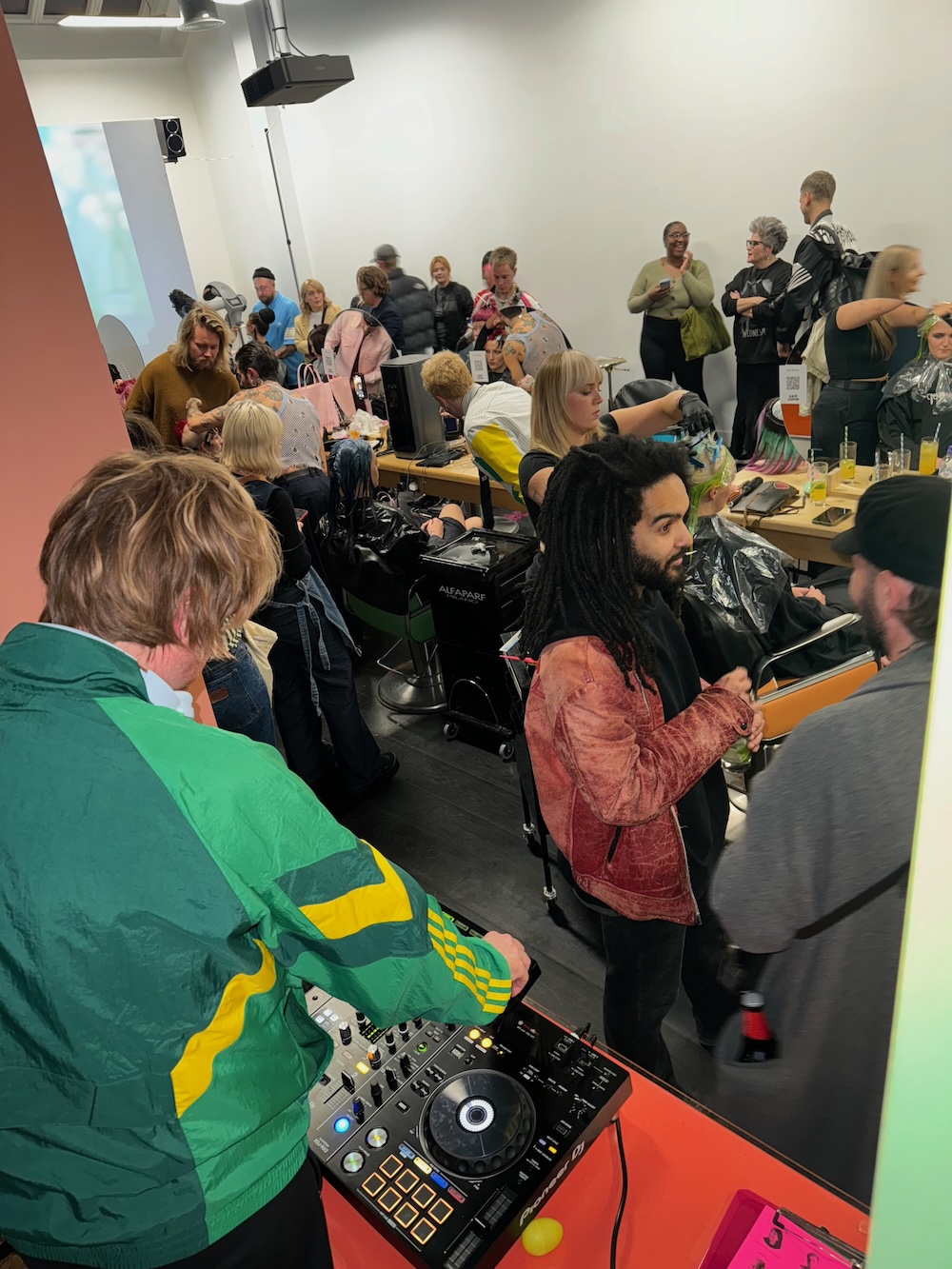
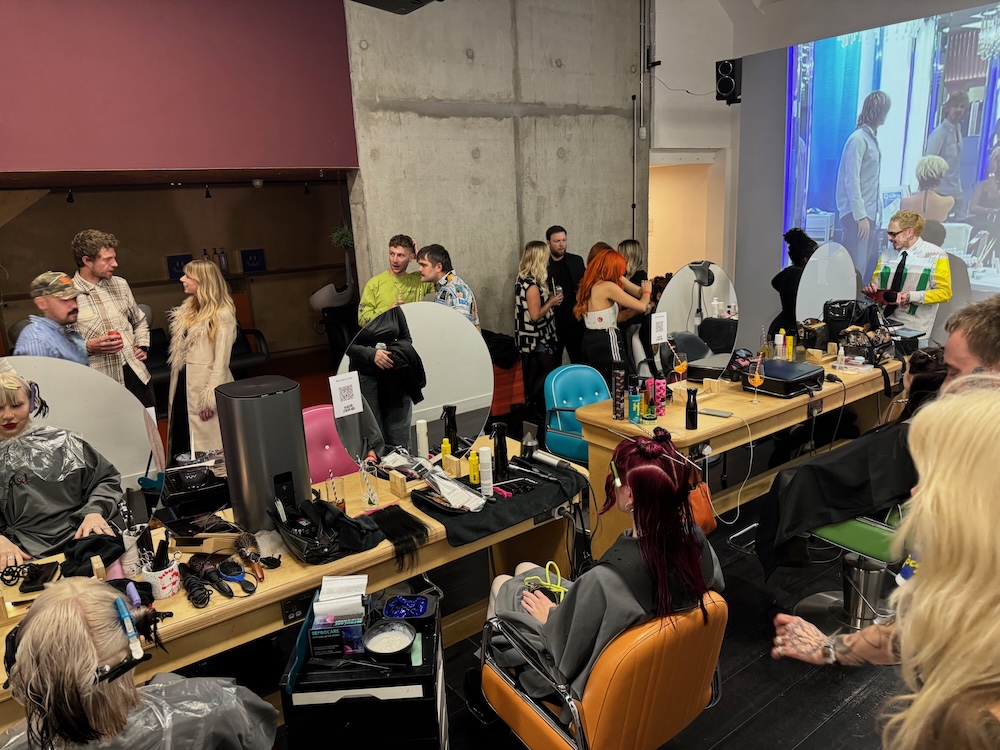
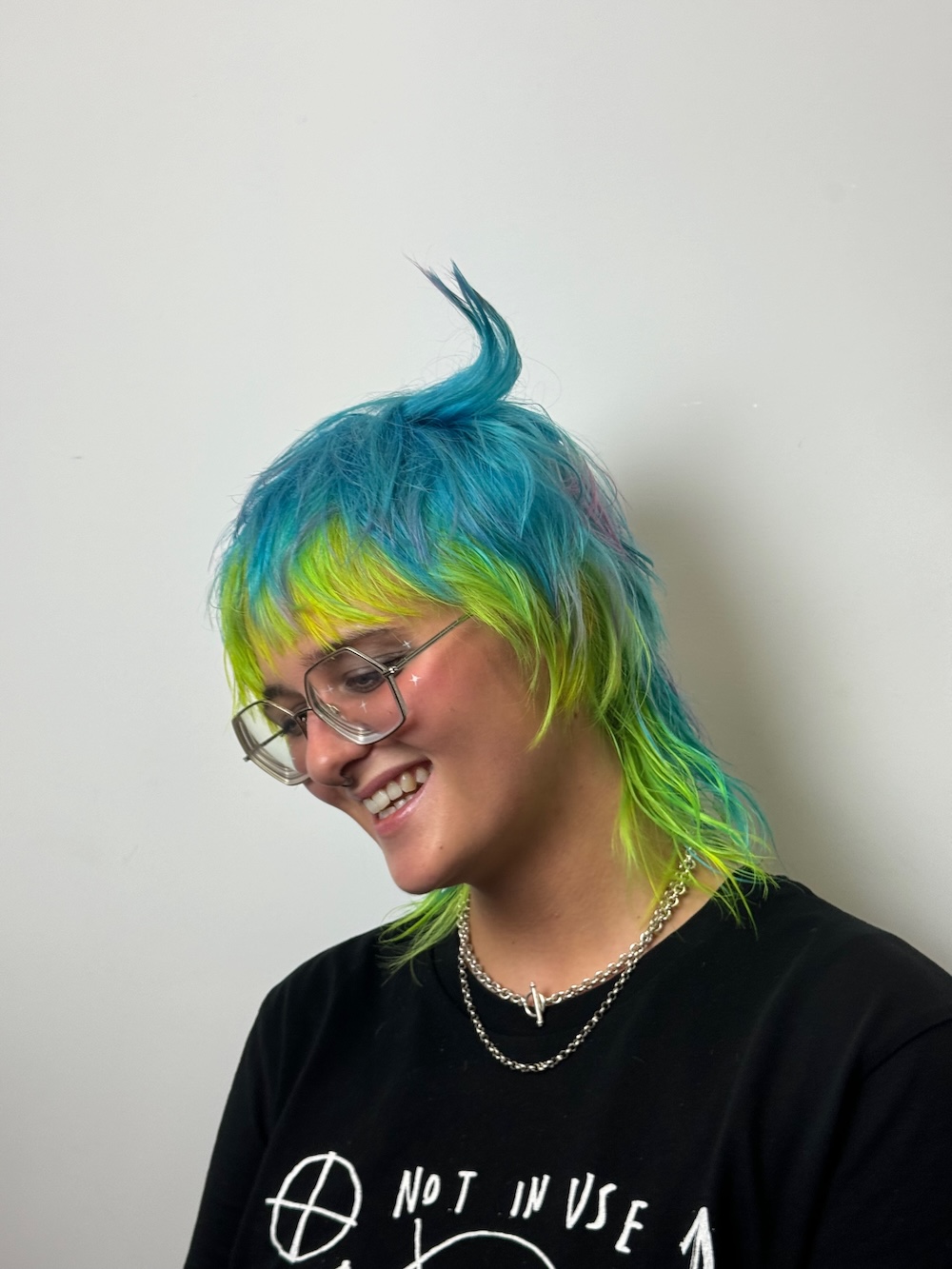
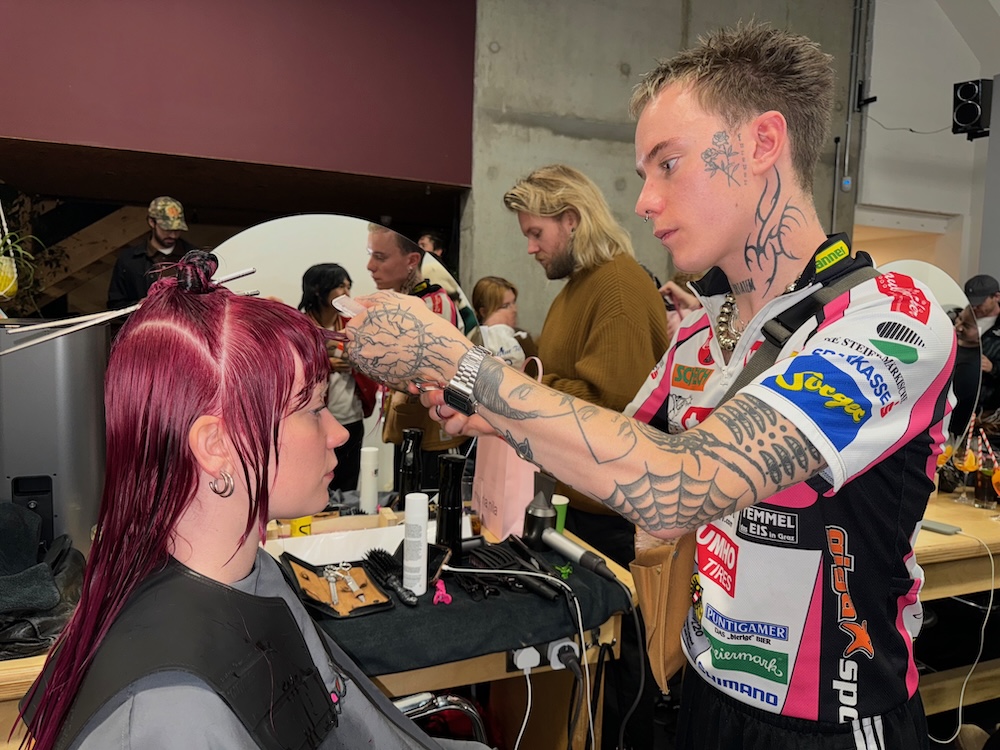
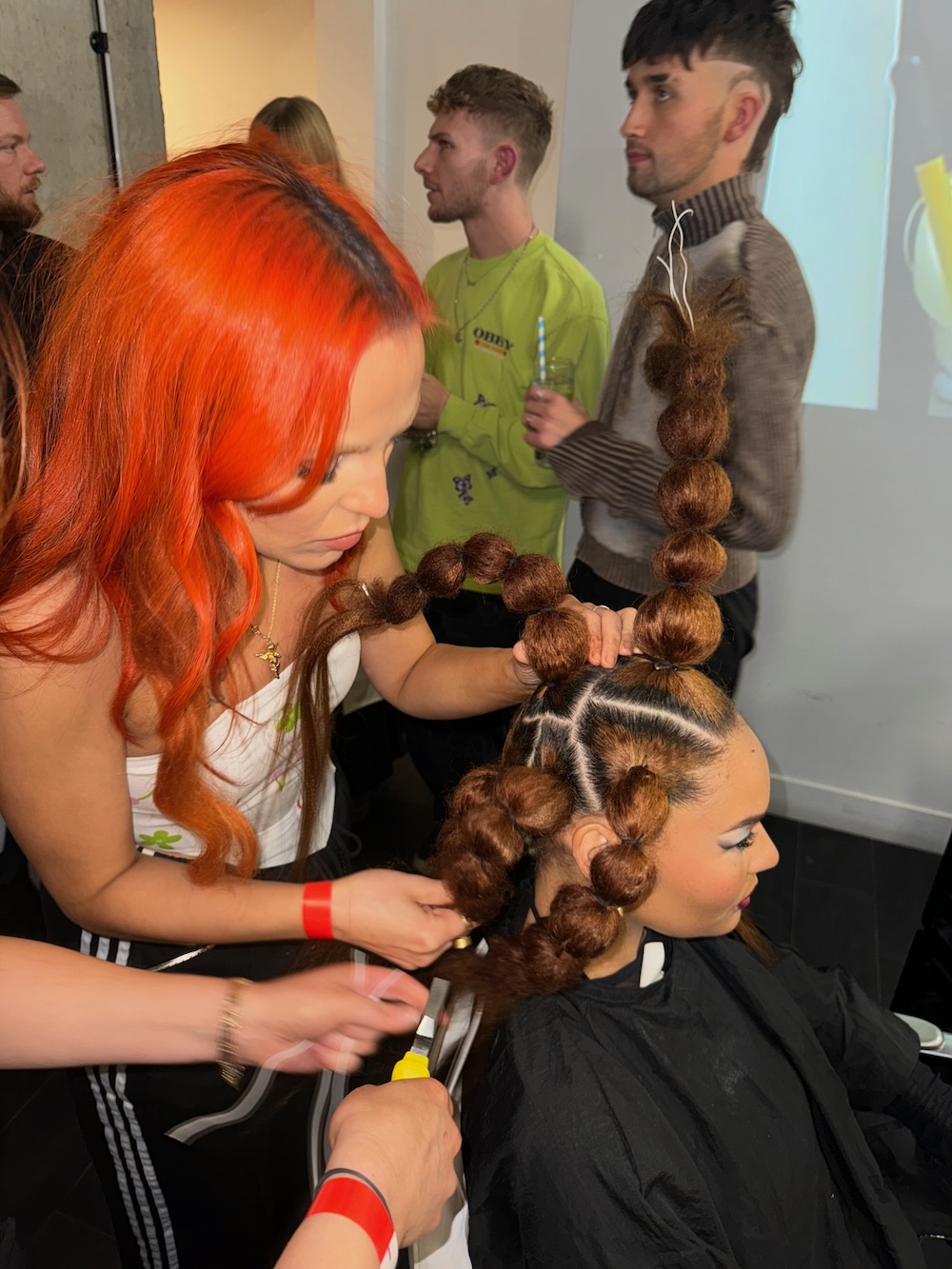
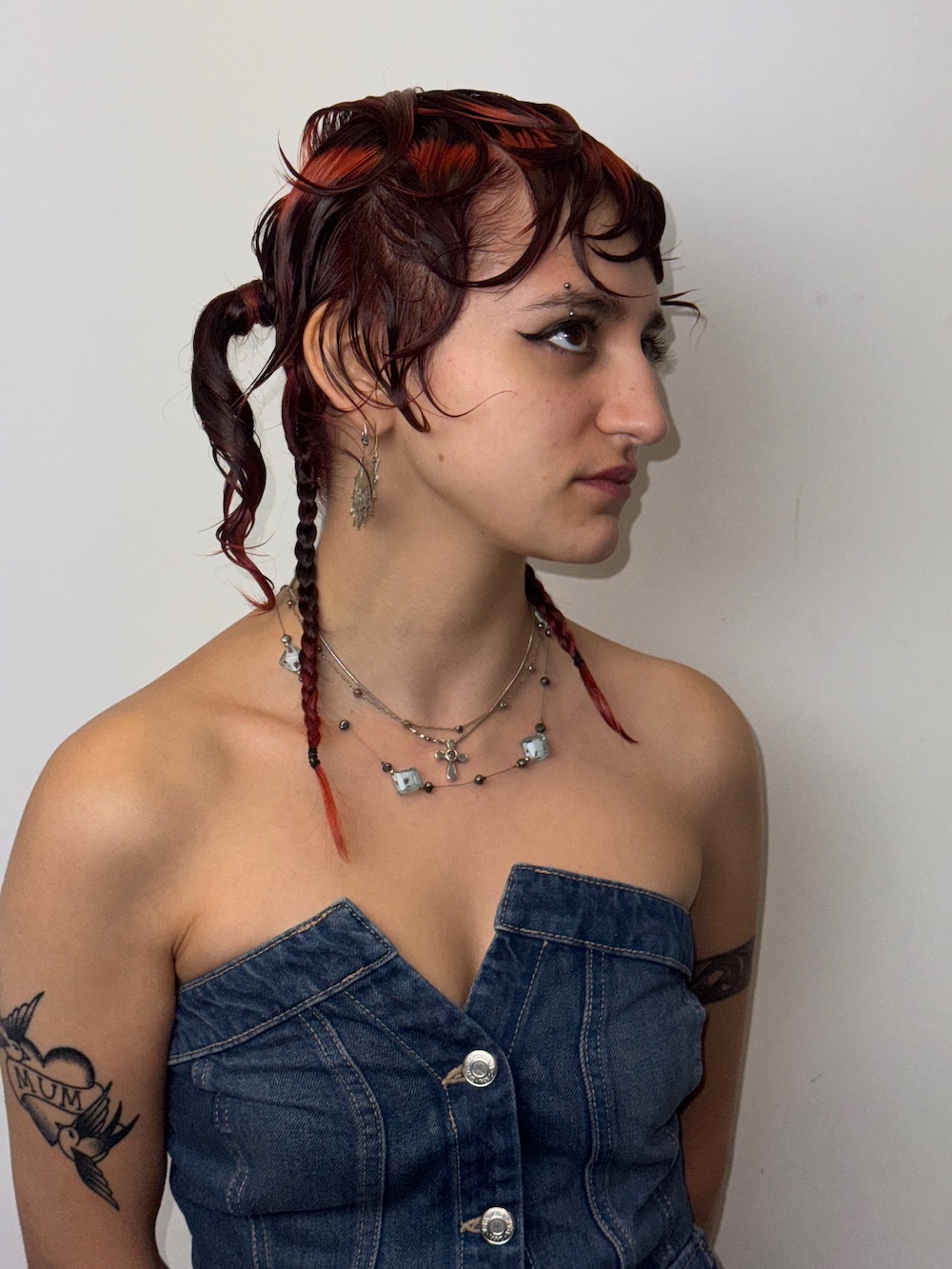
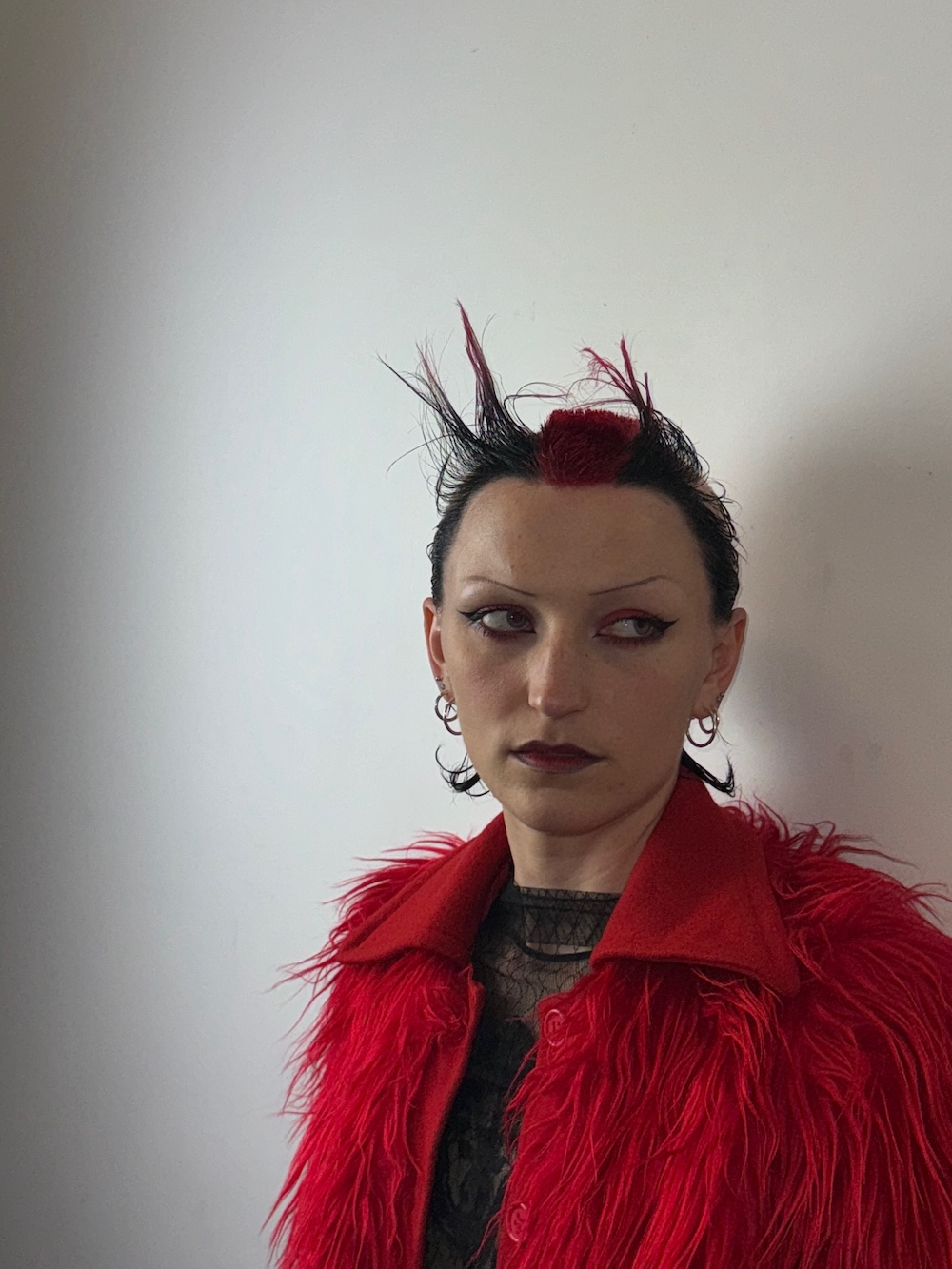
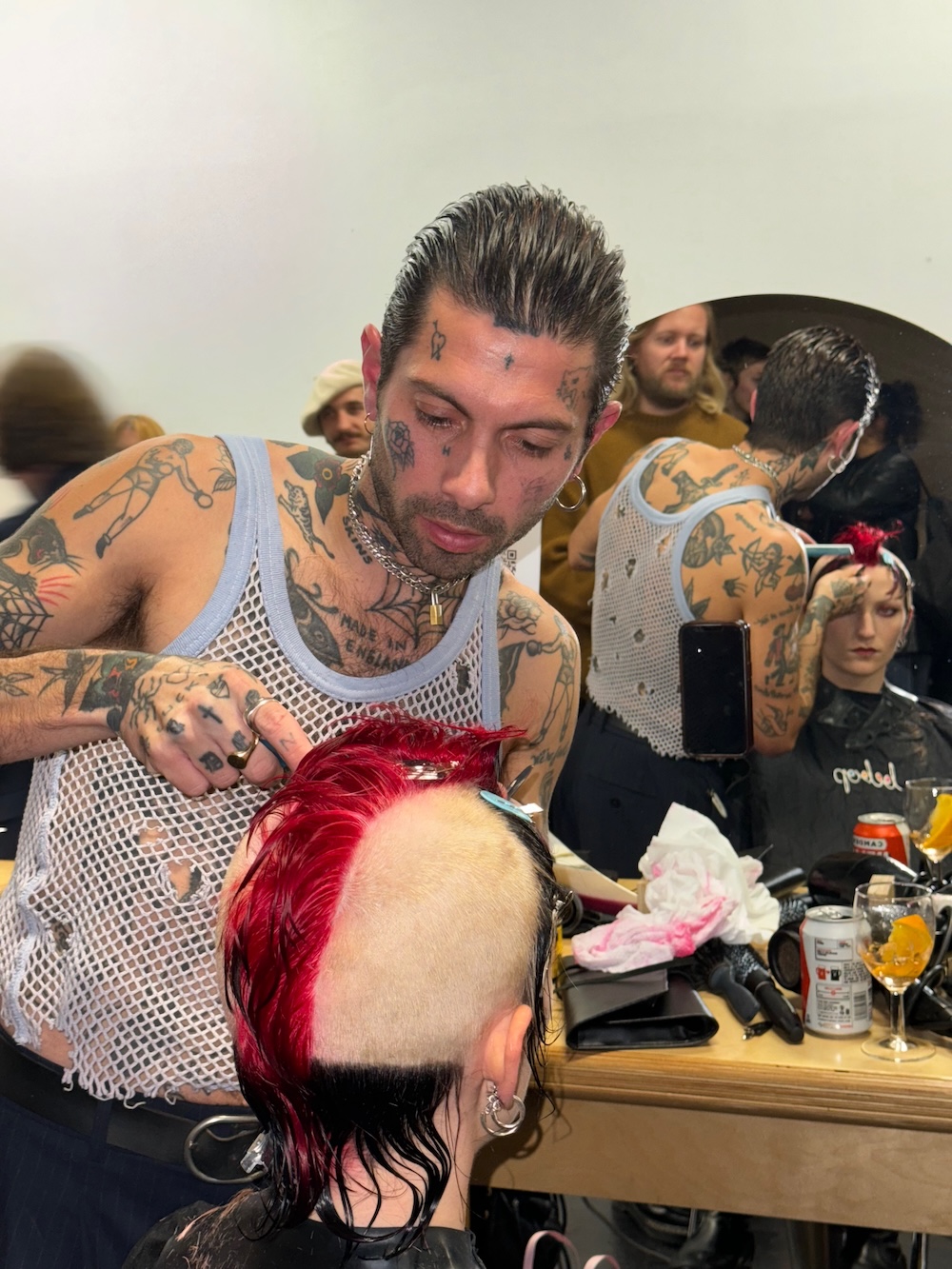
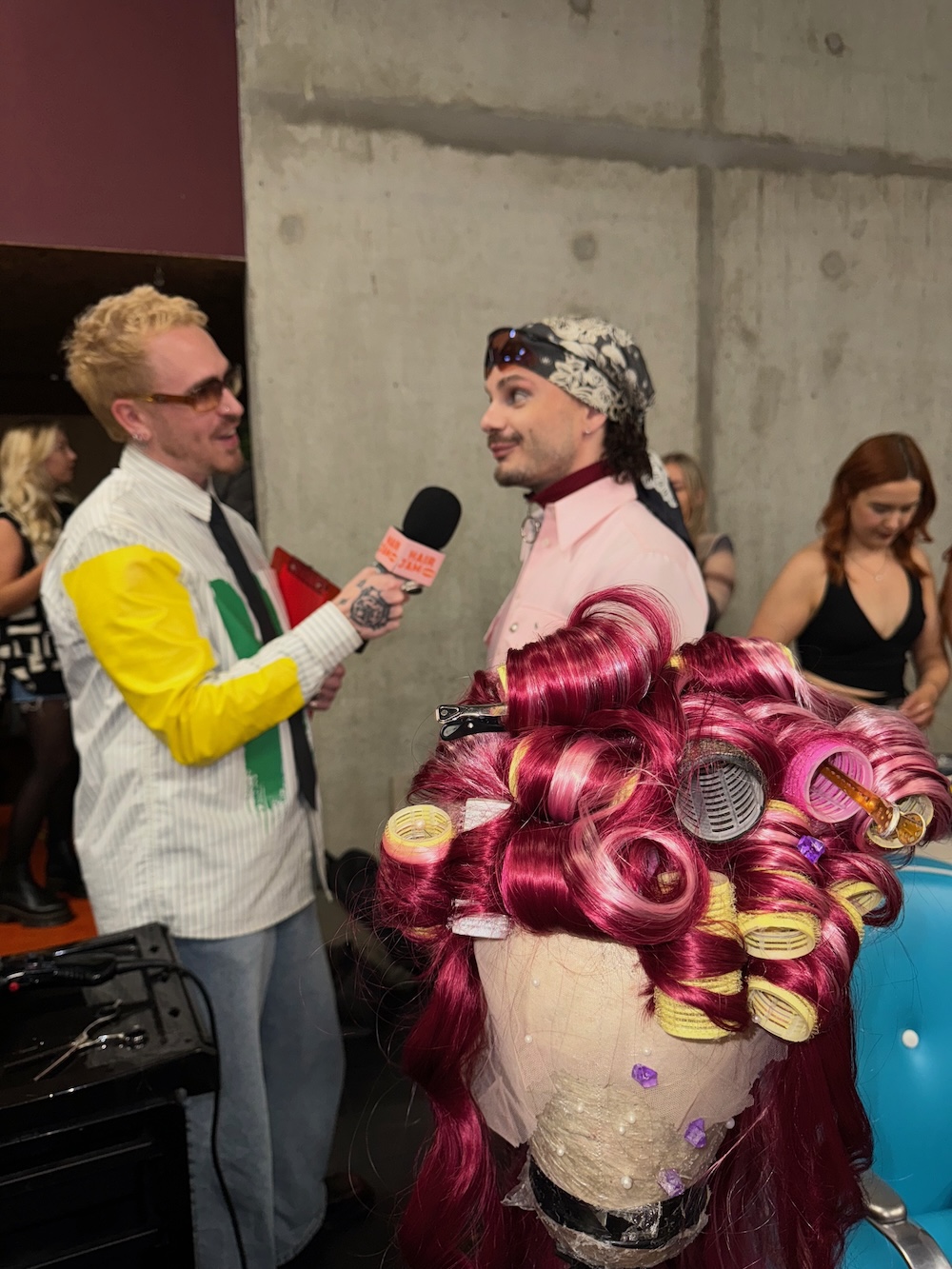
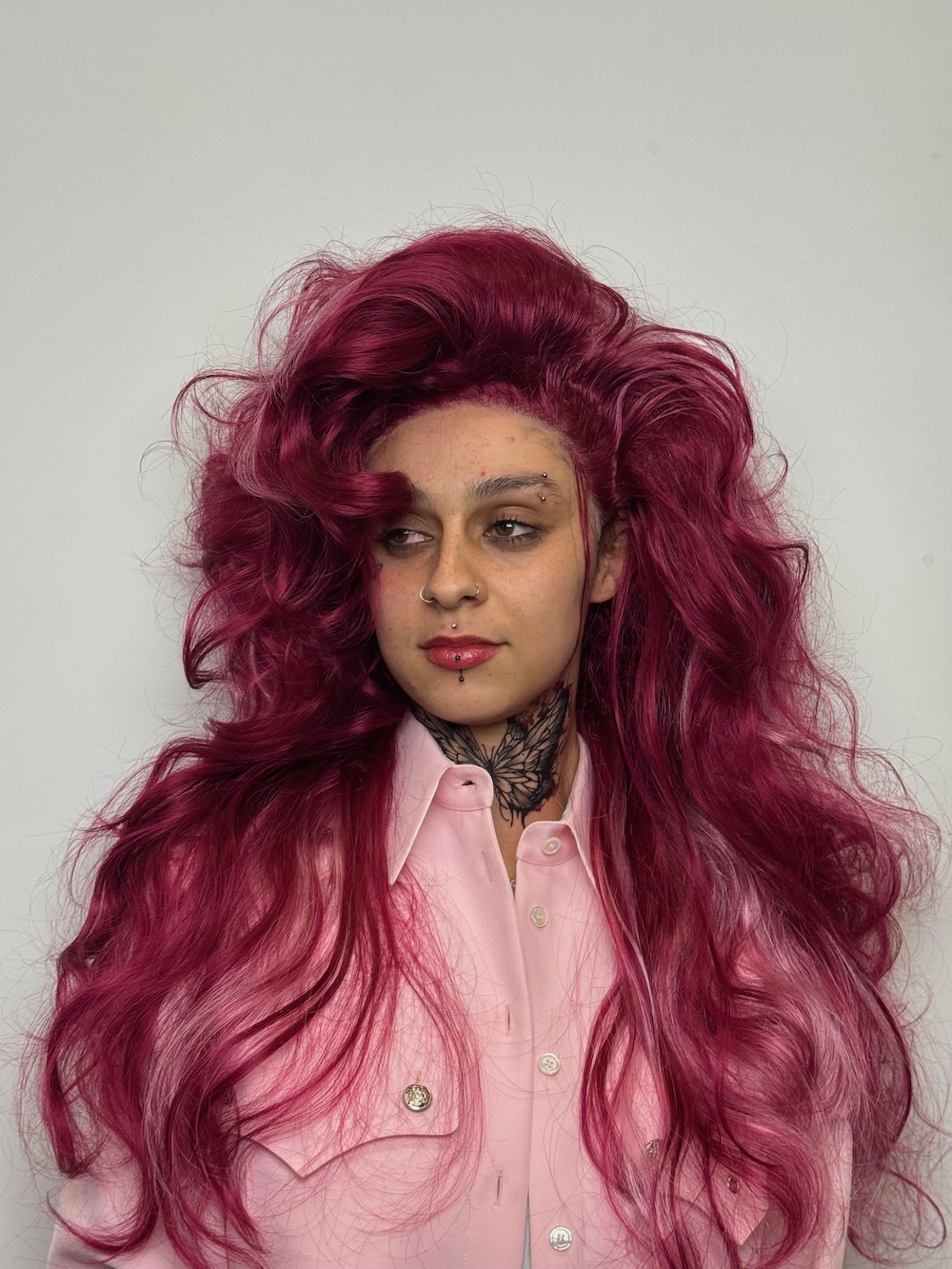
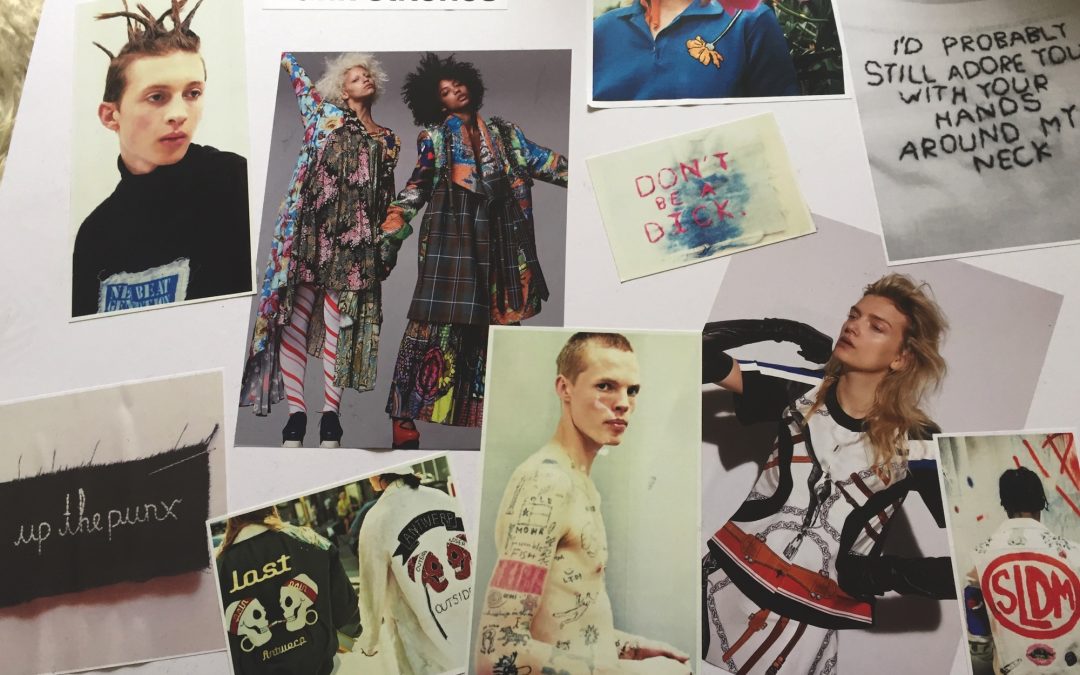
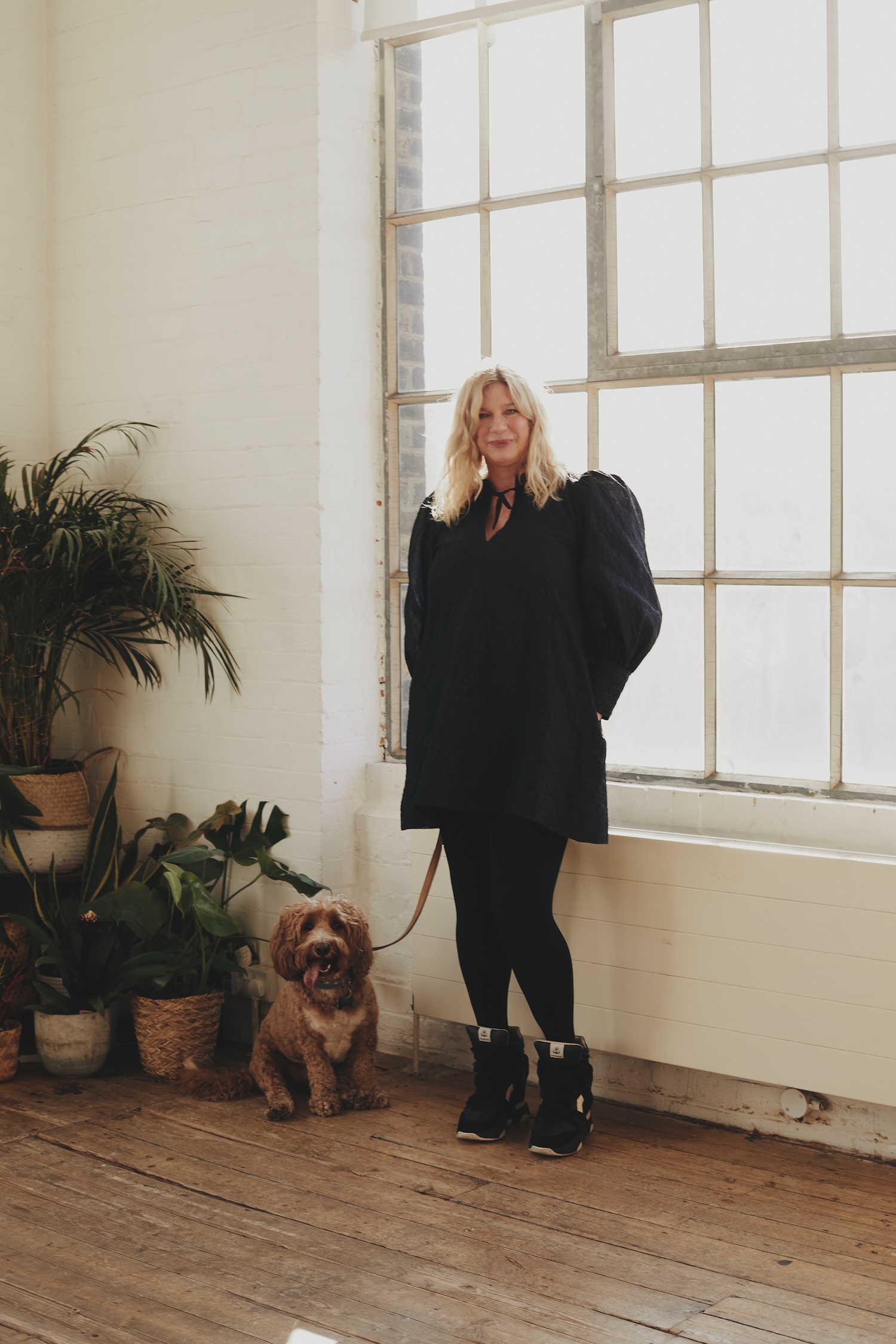 Zoe Irwin
Zoe Irwin